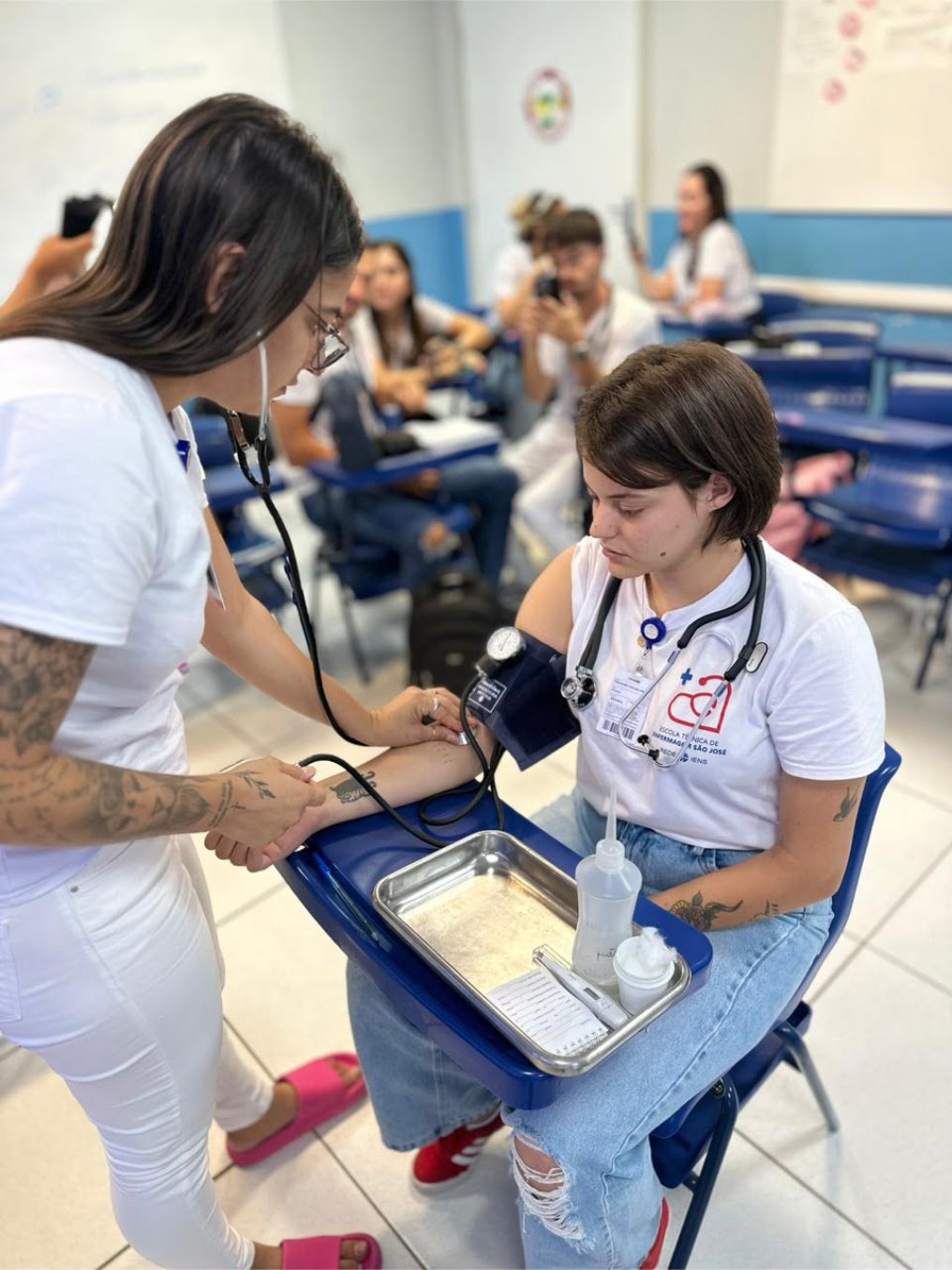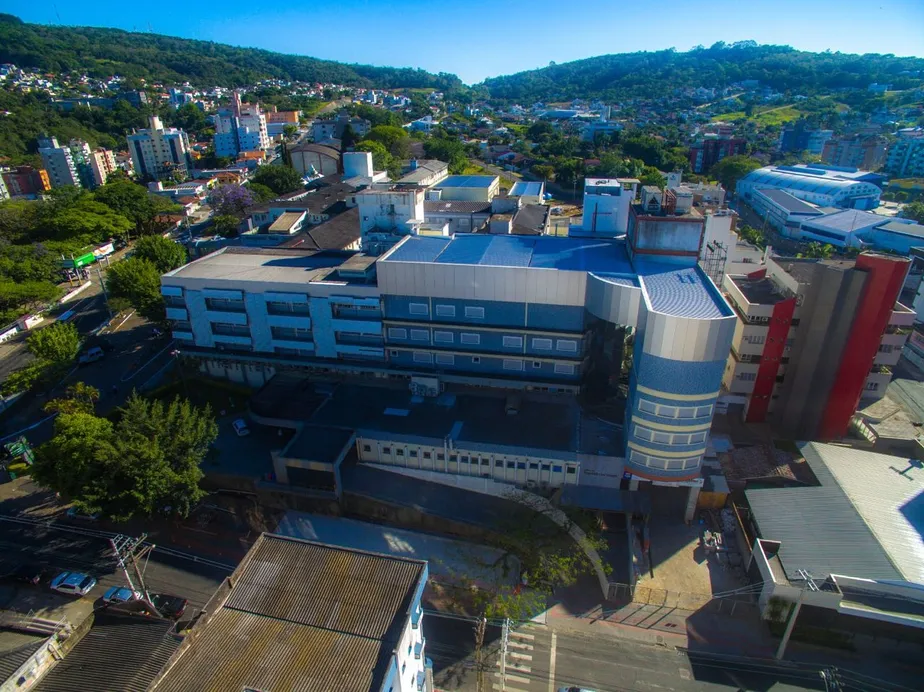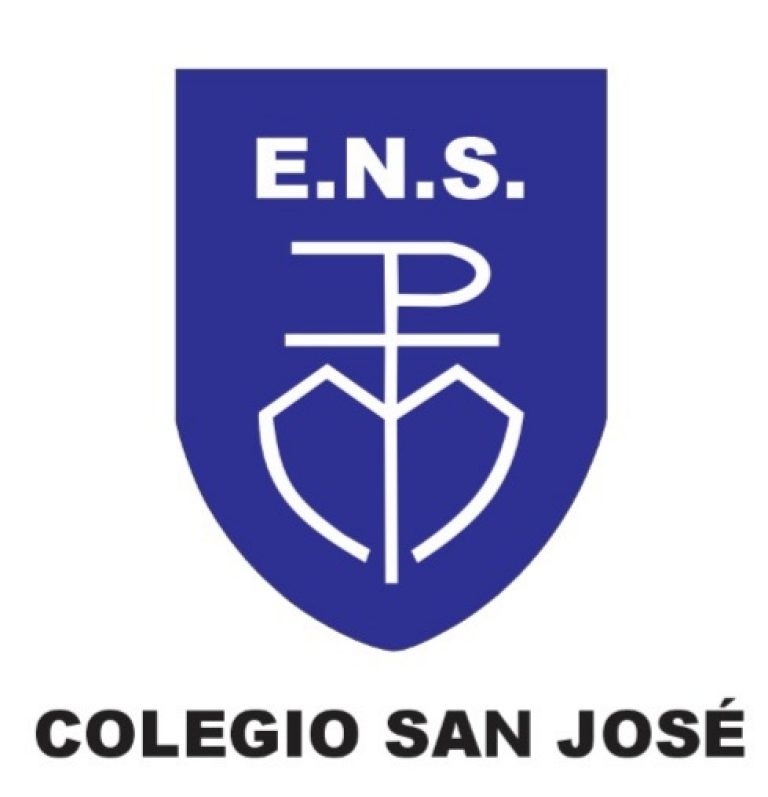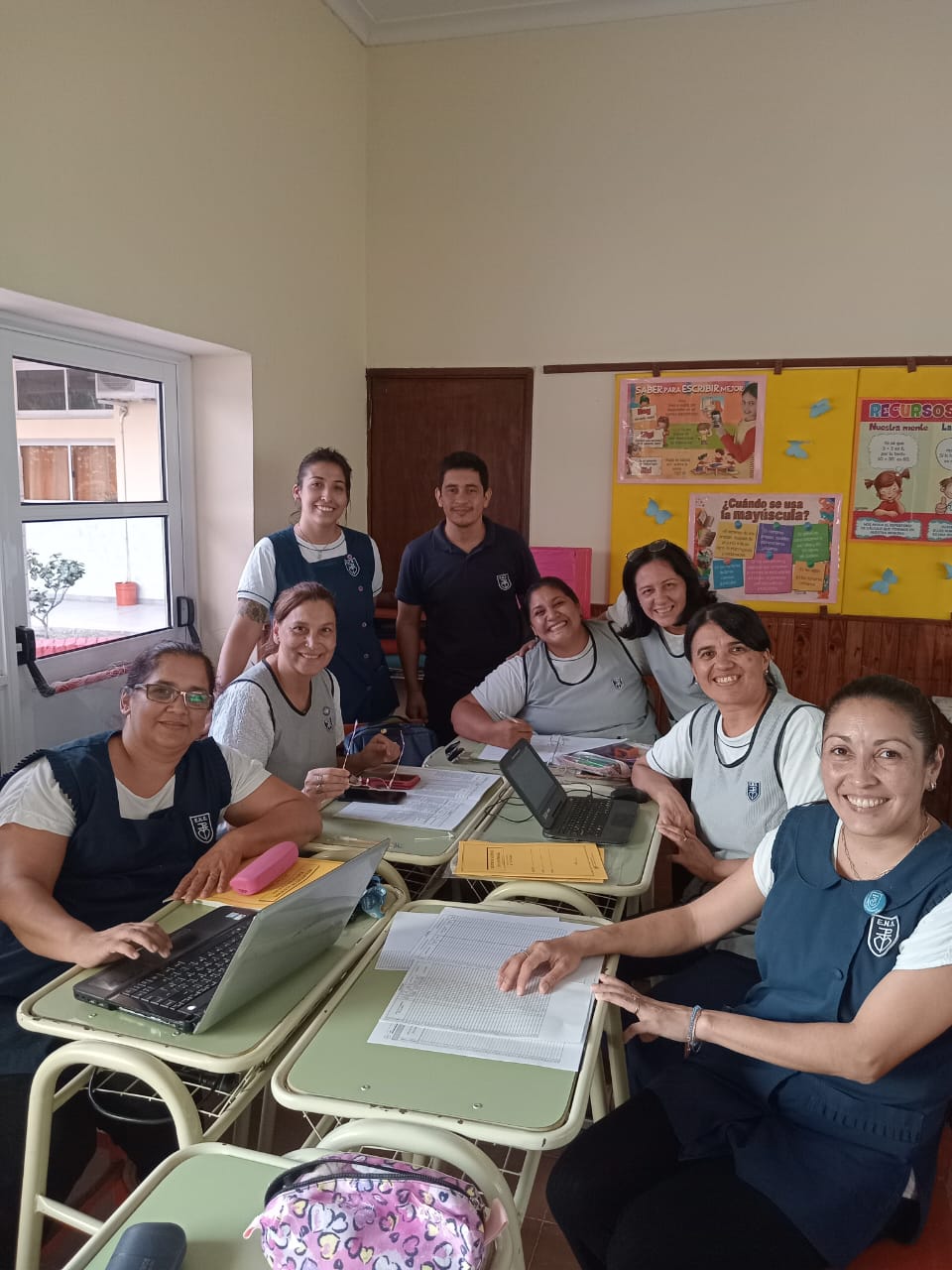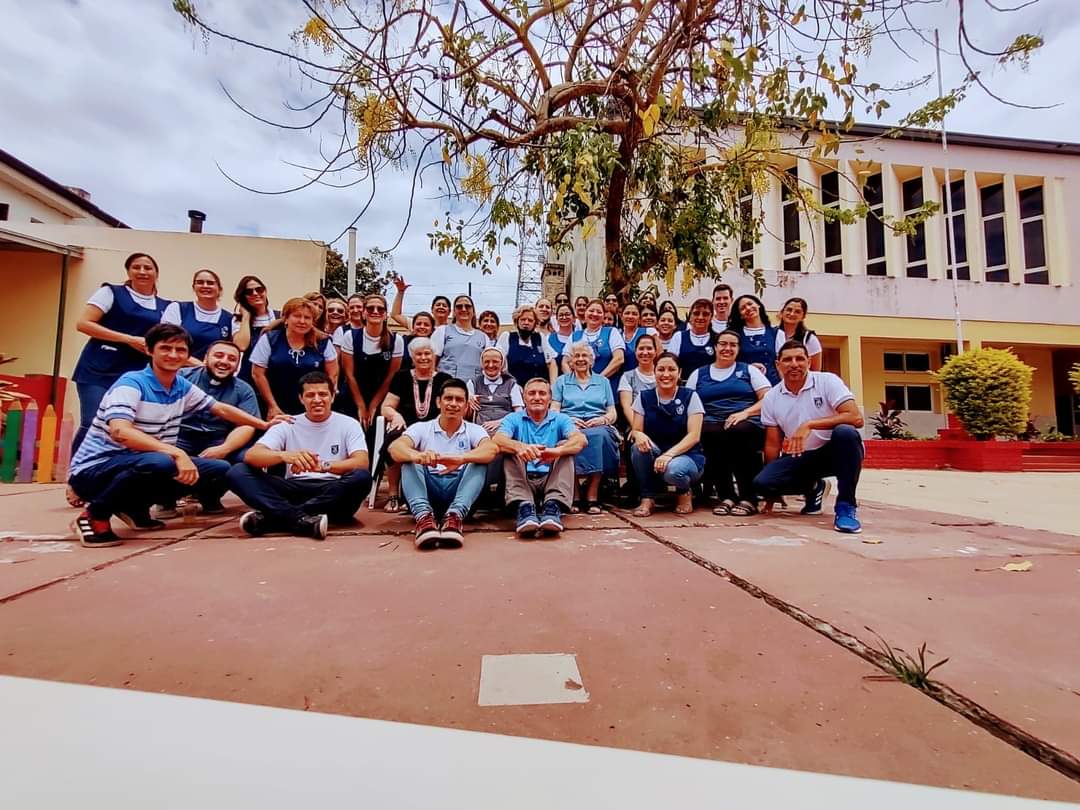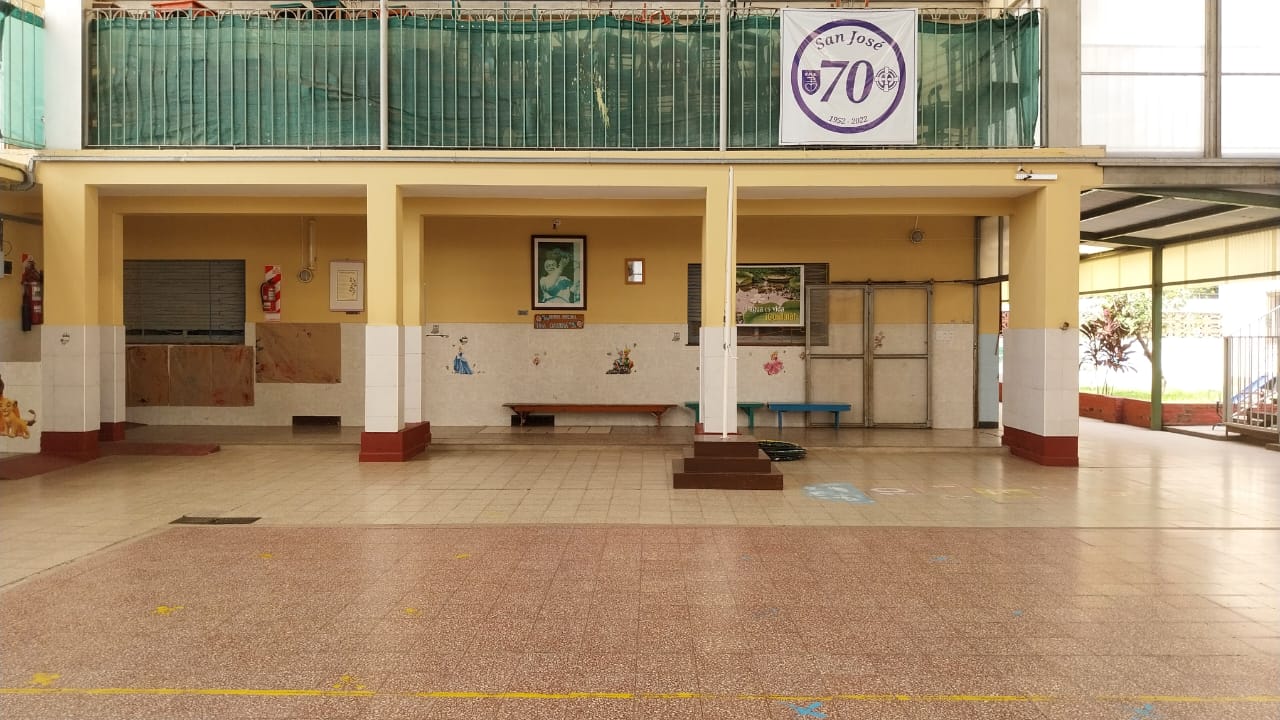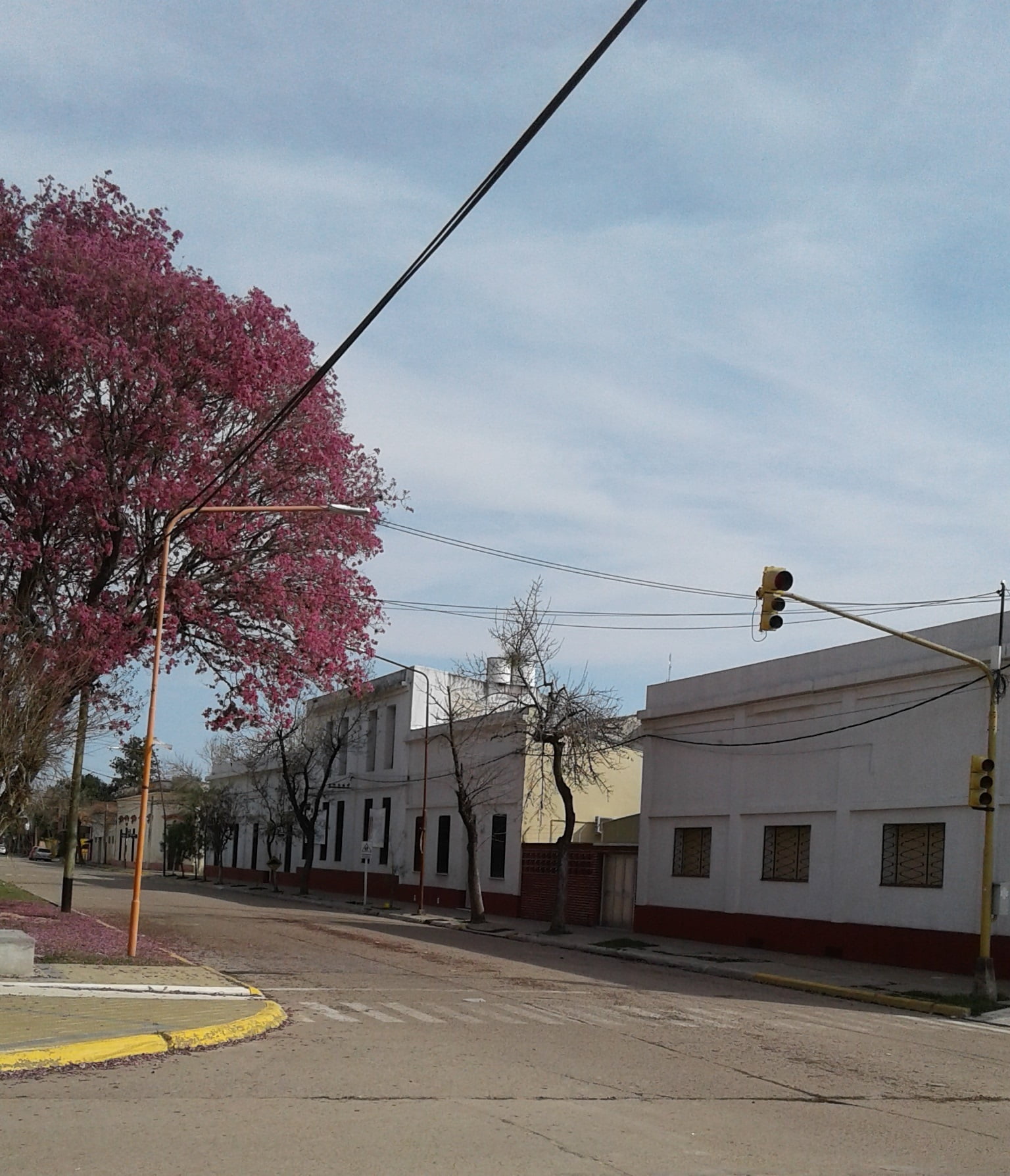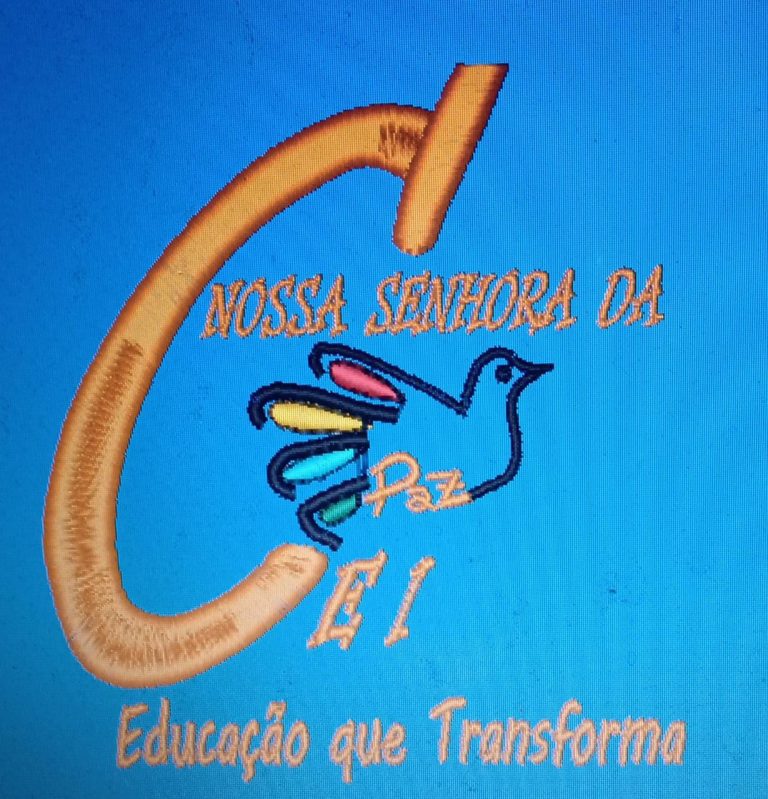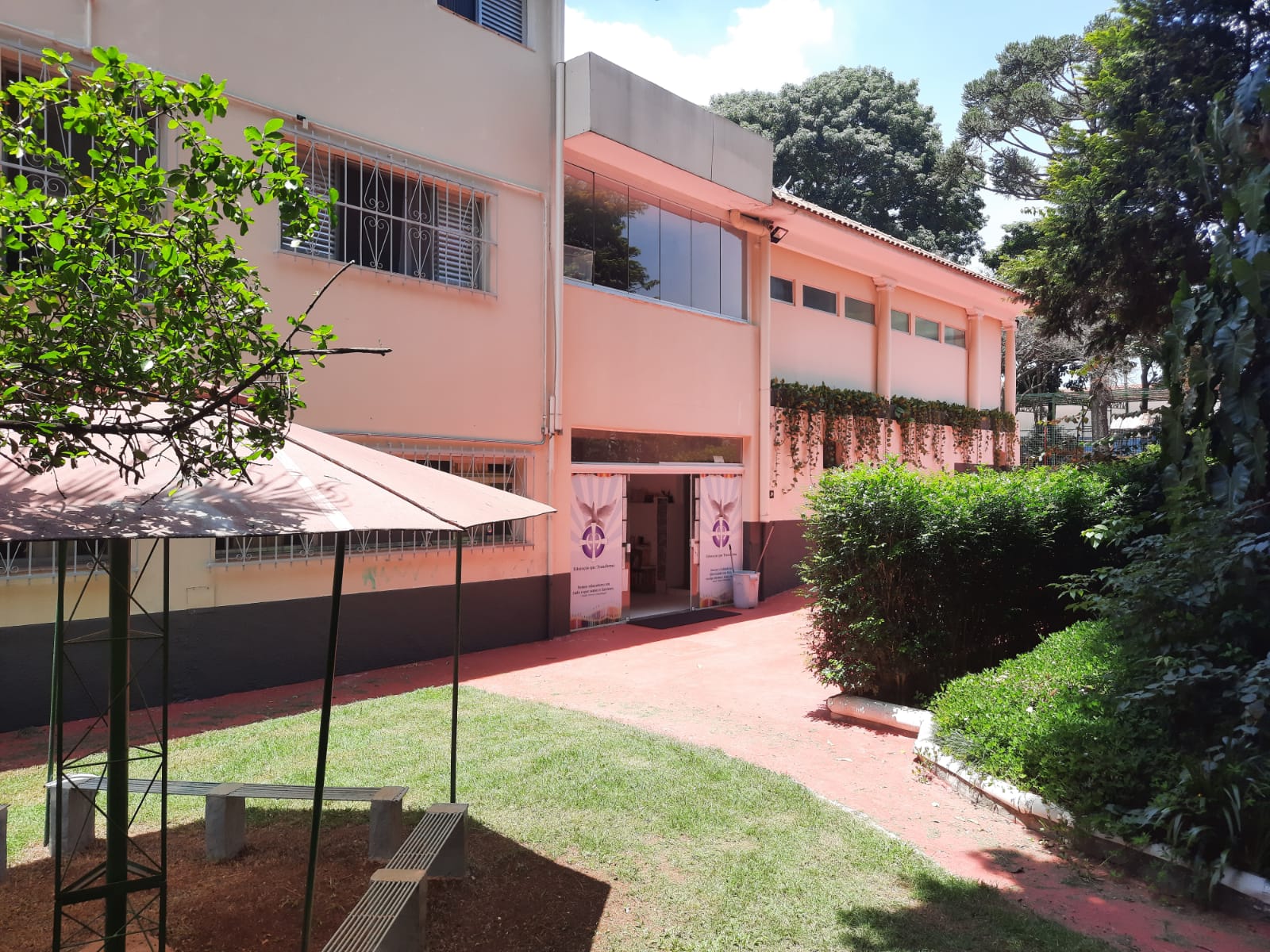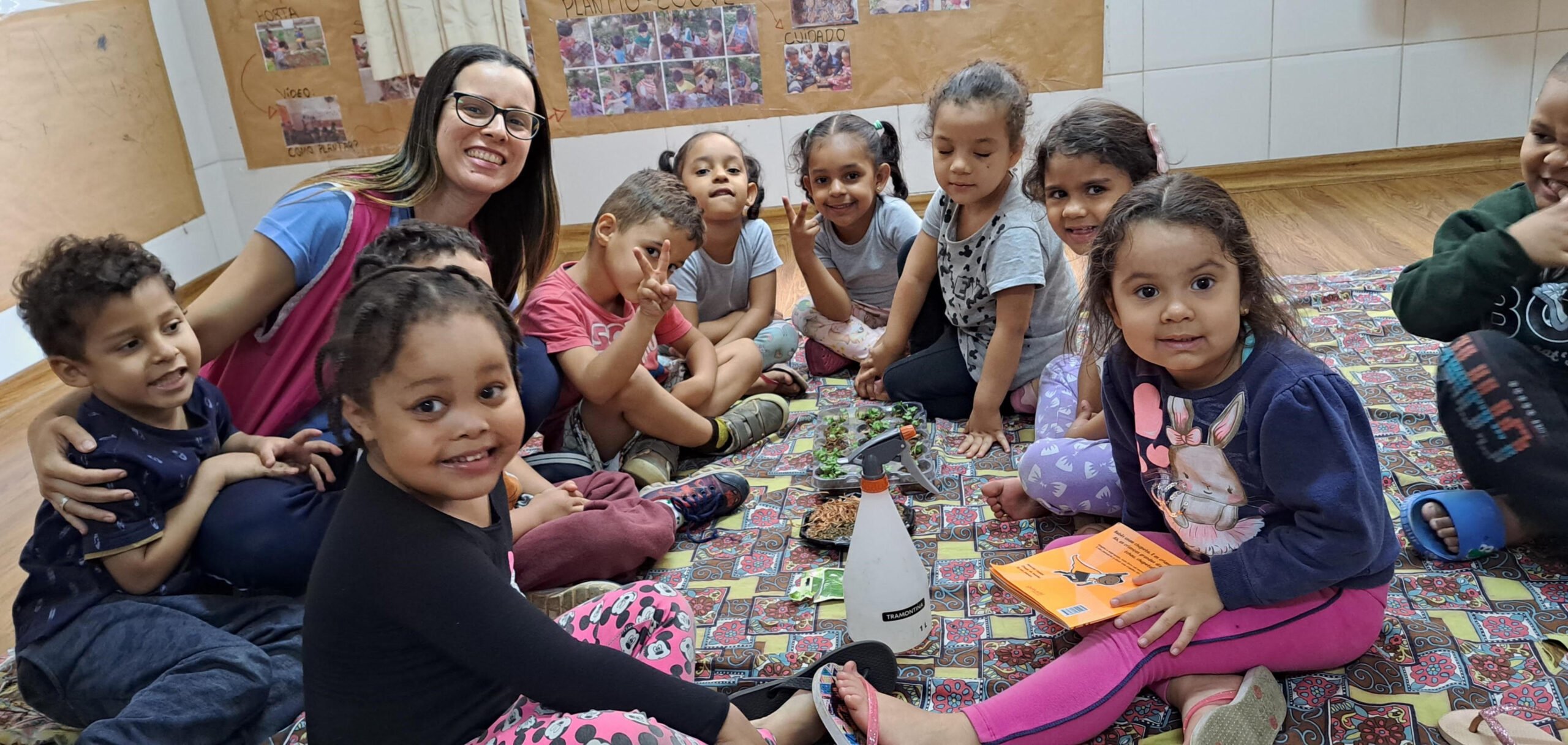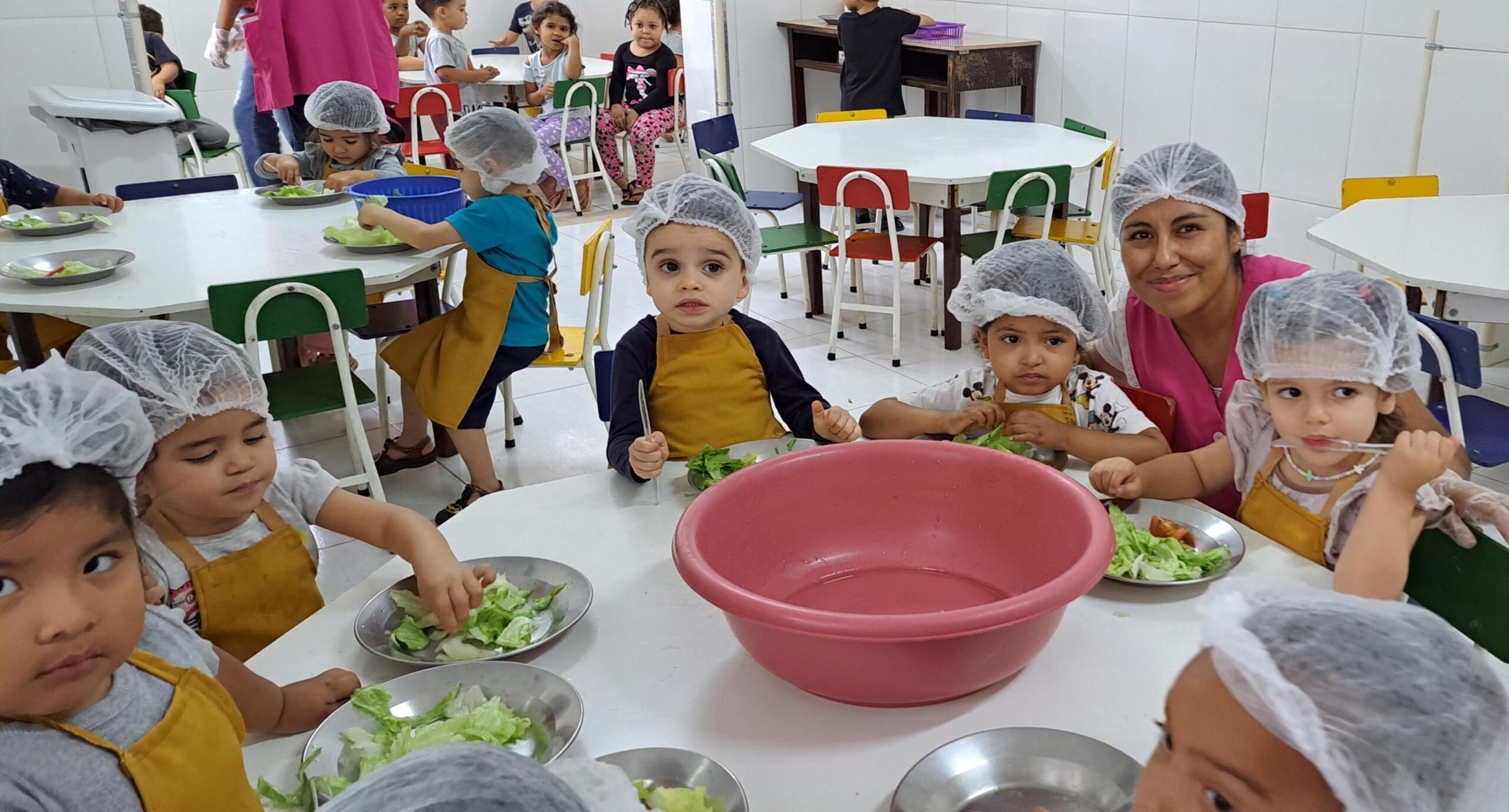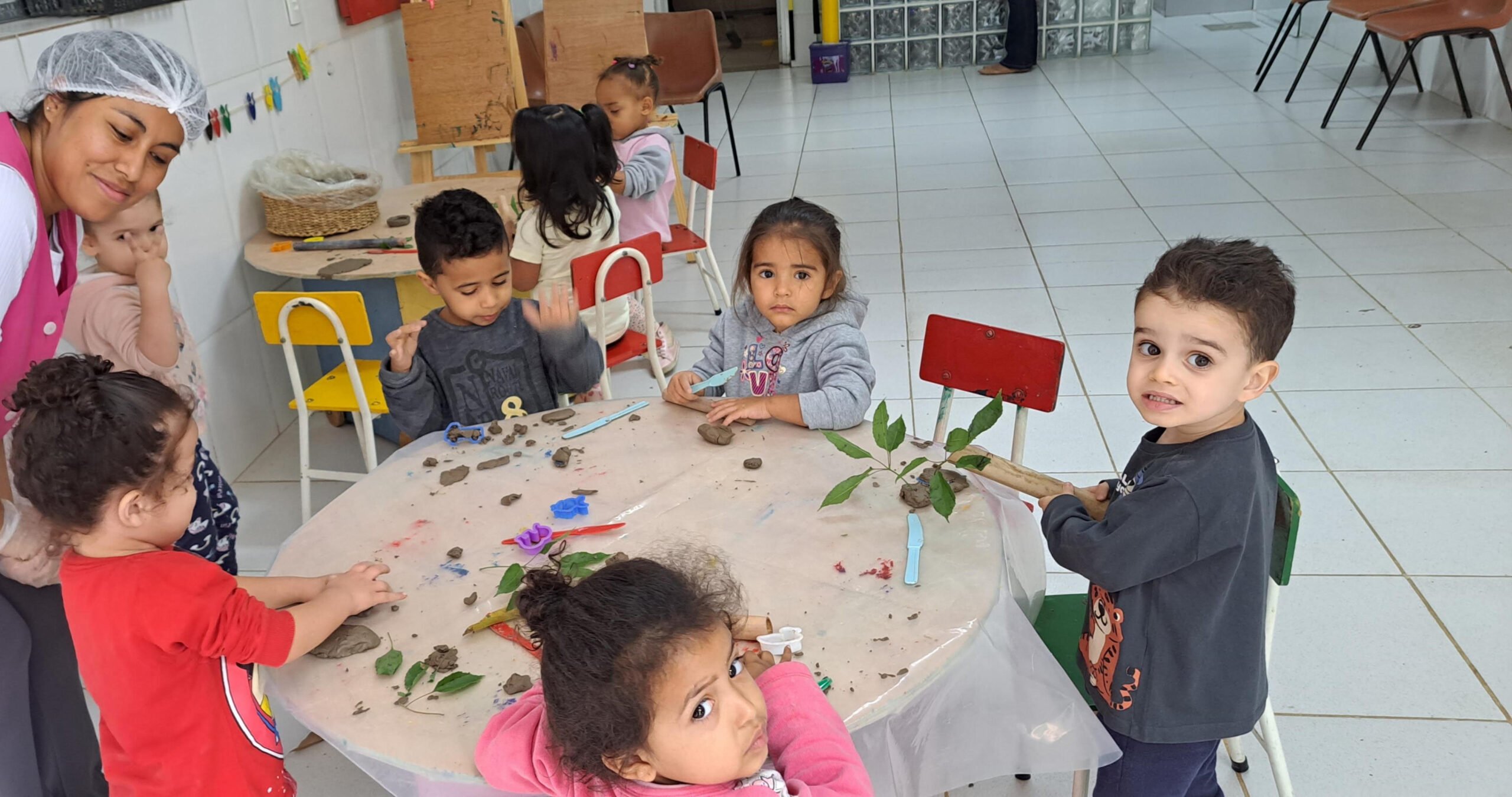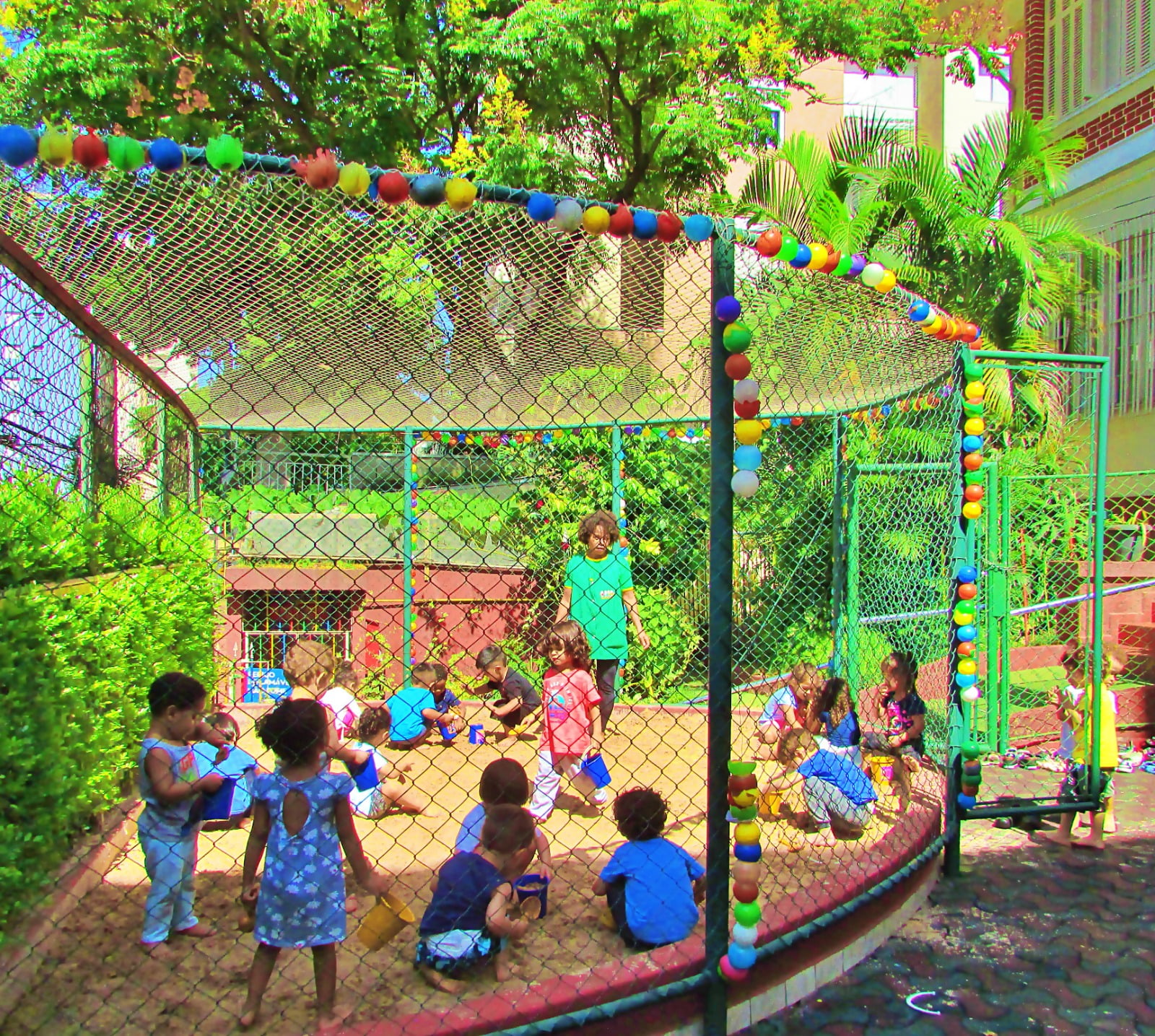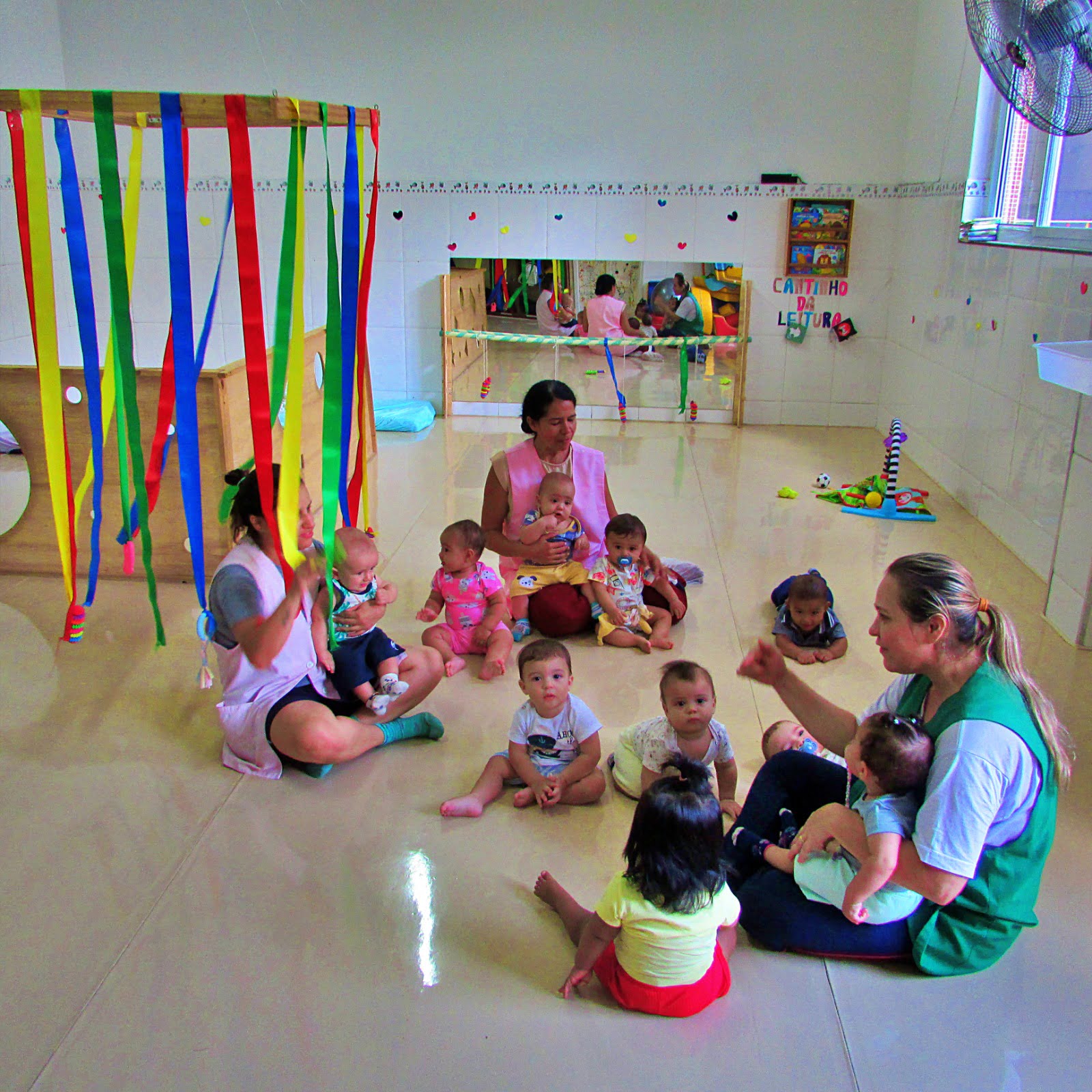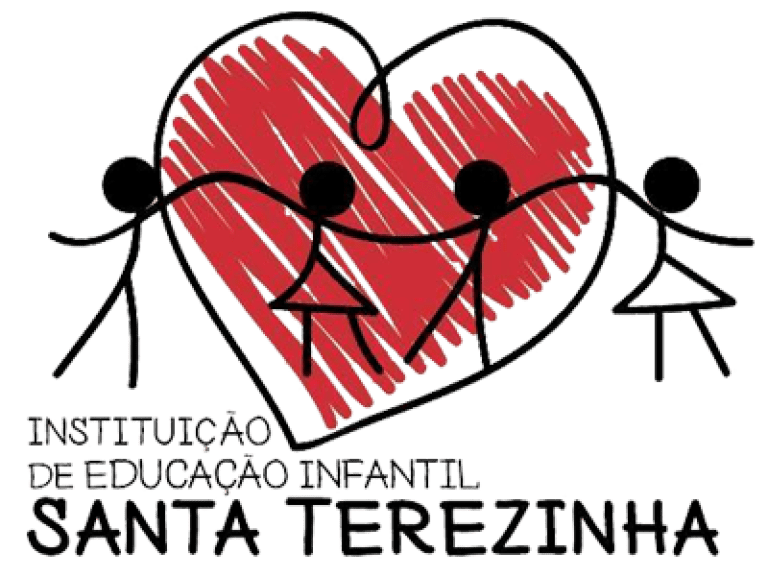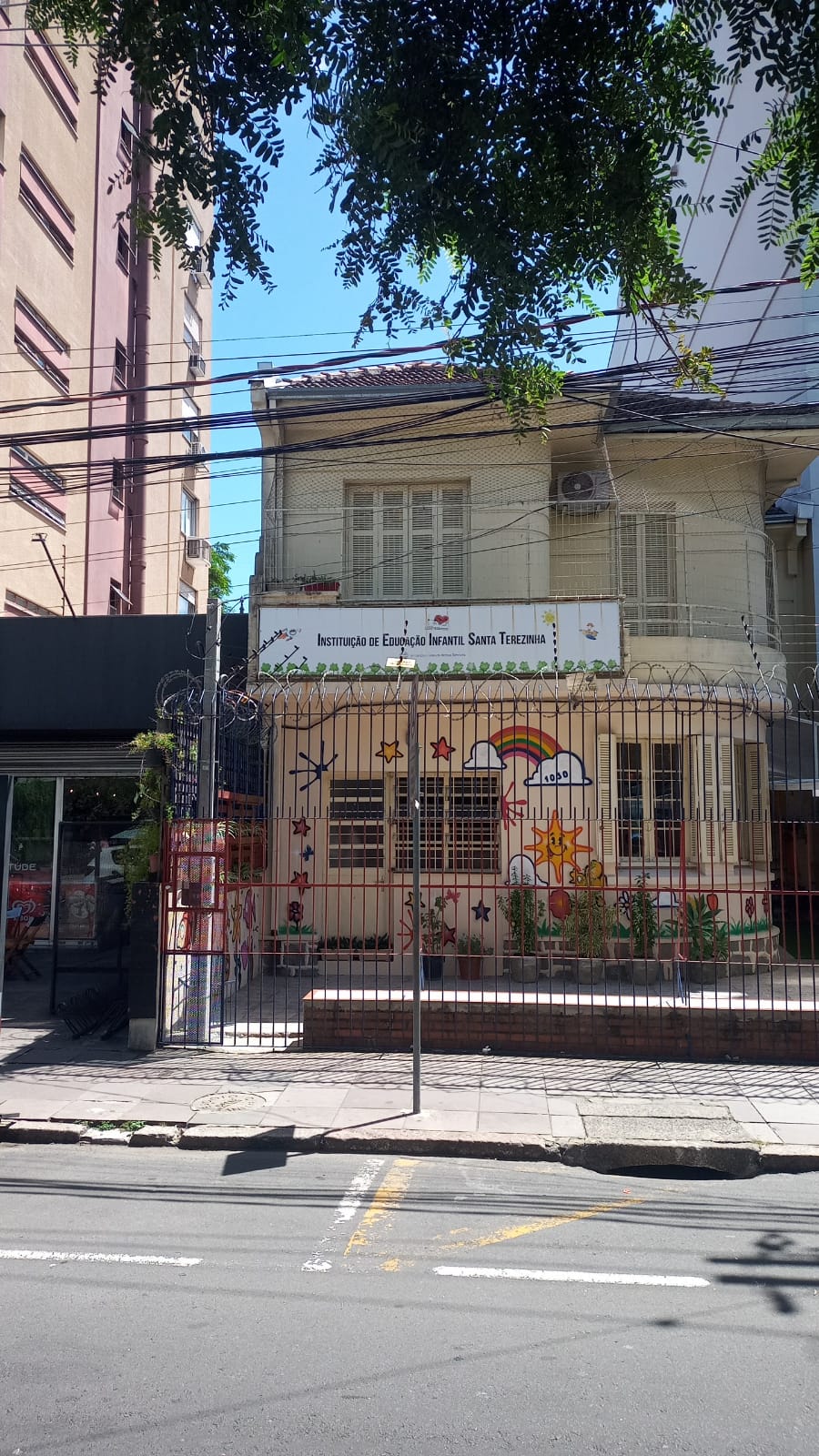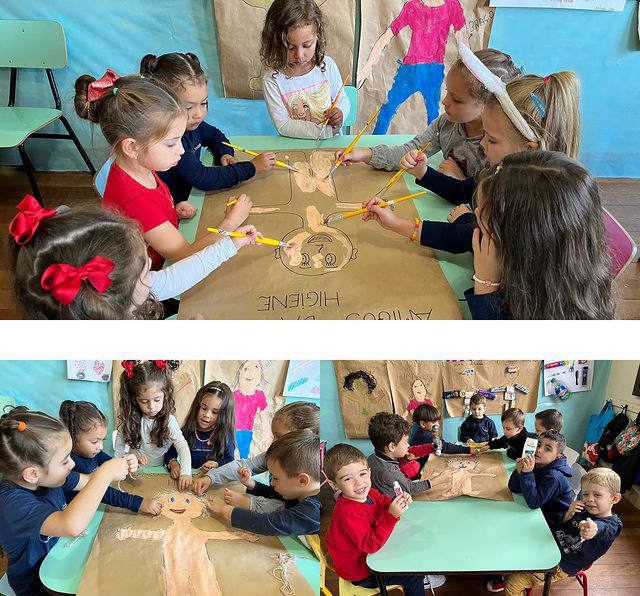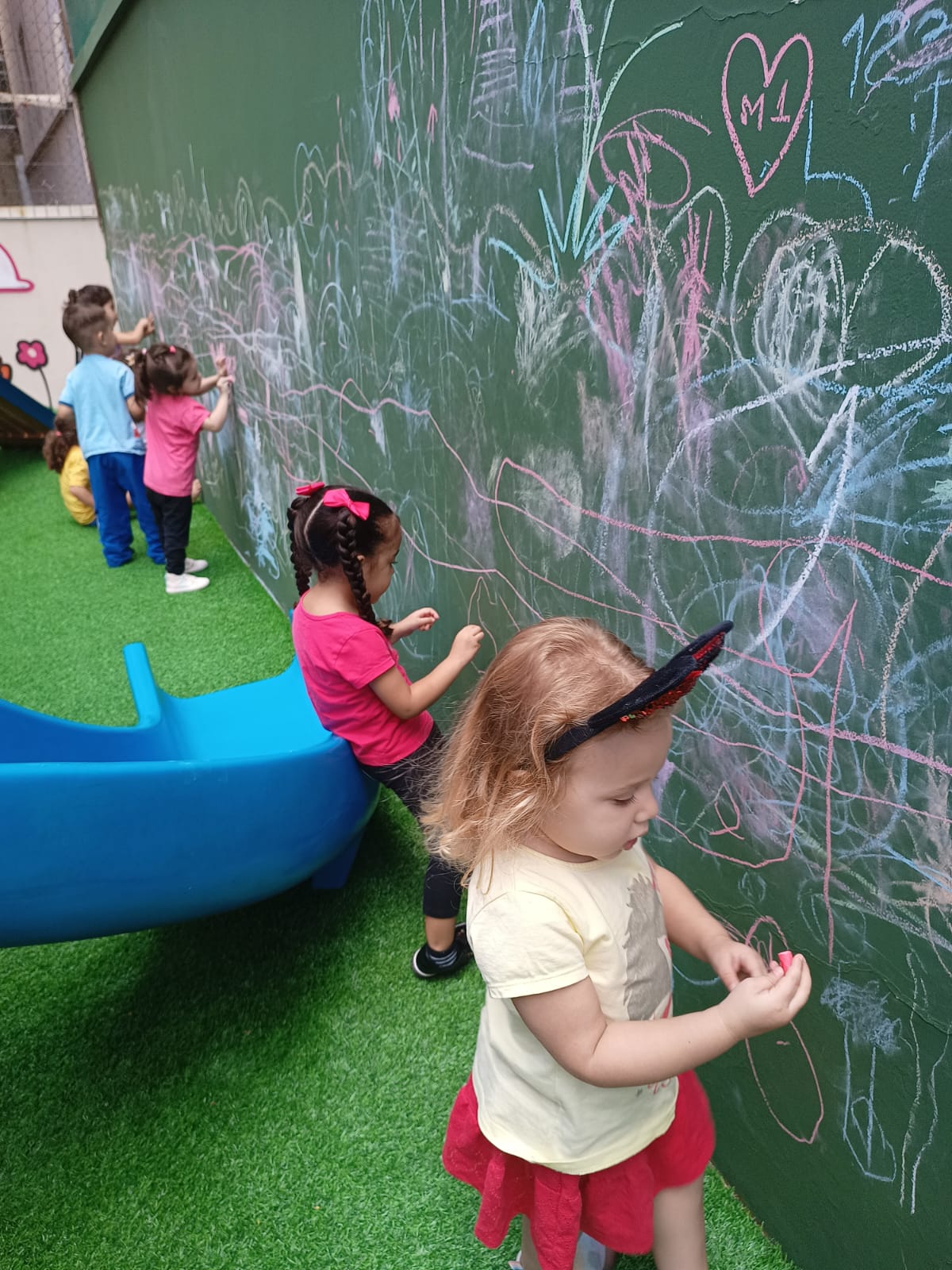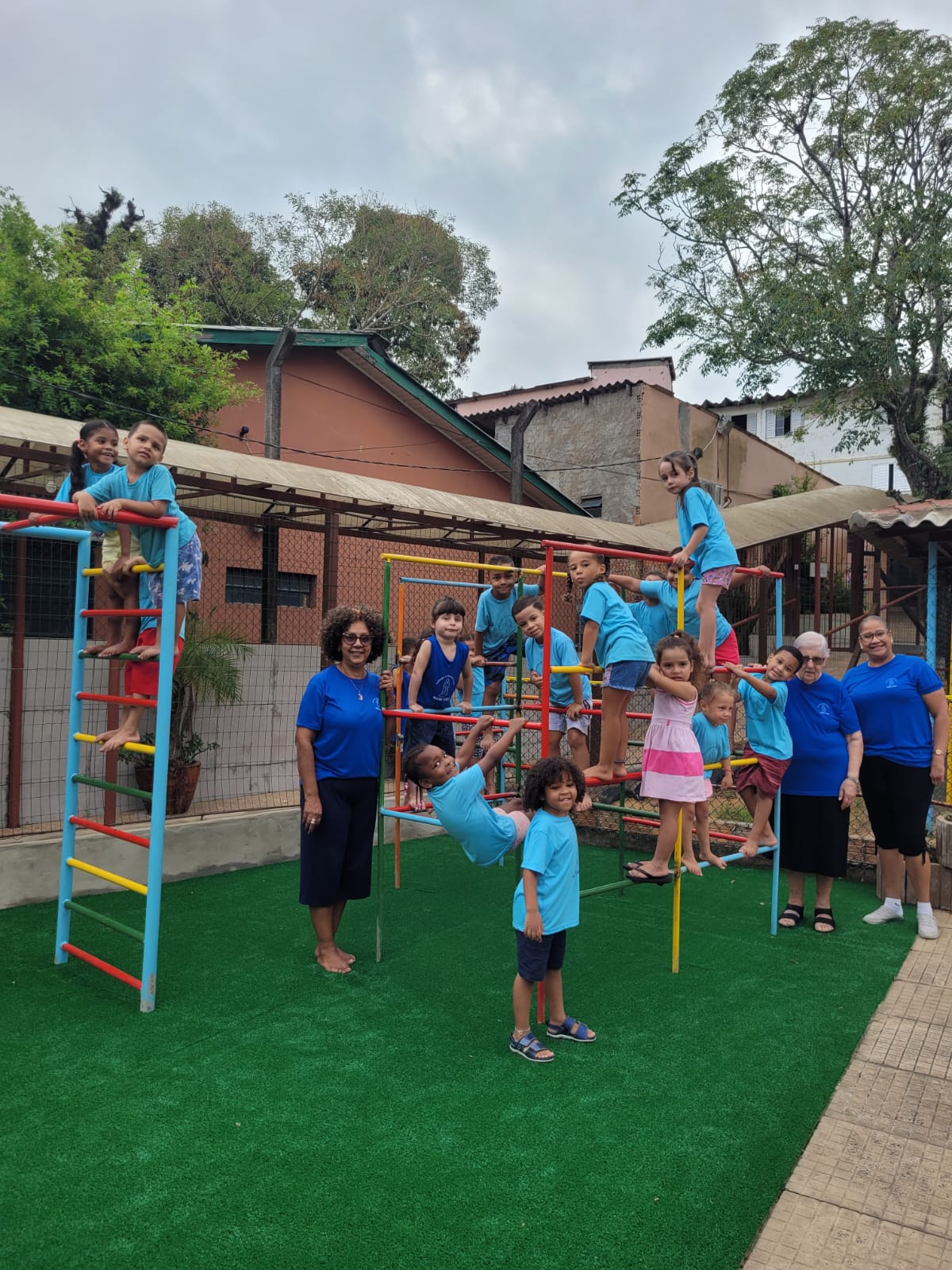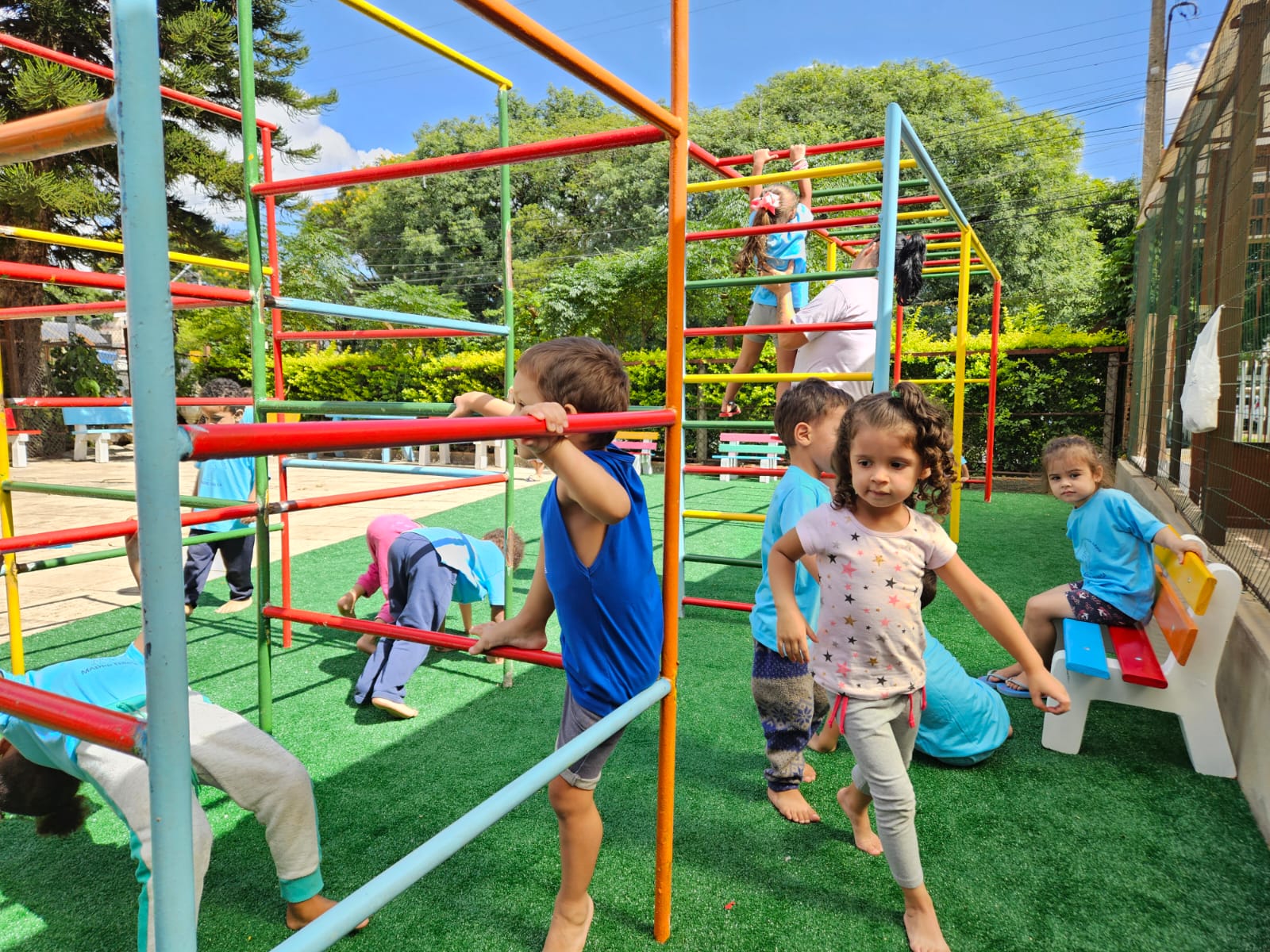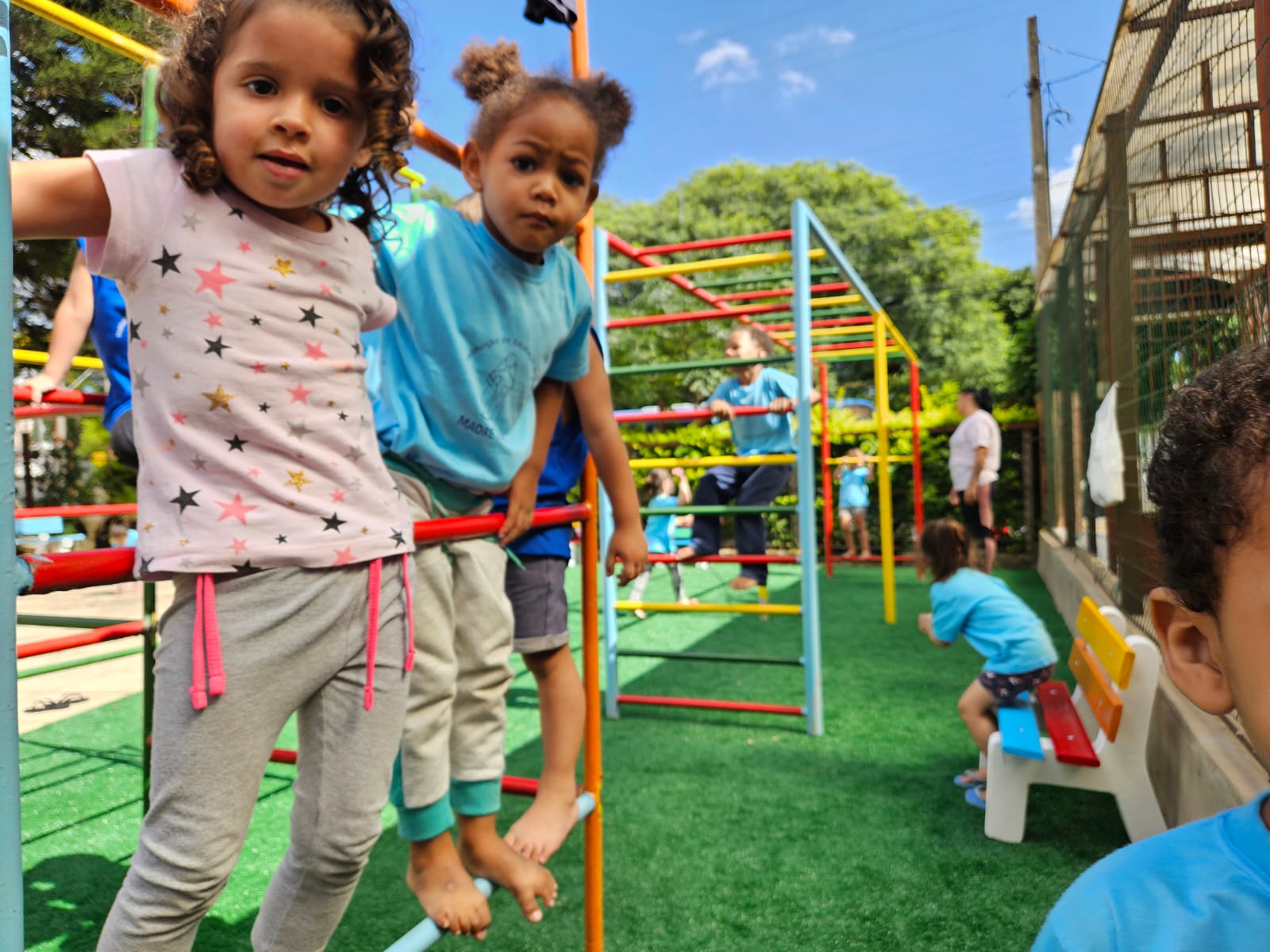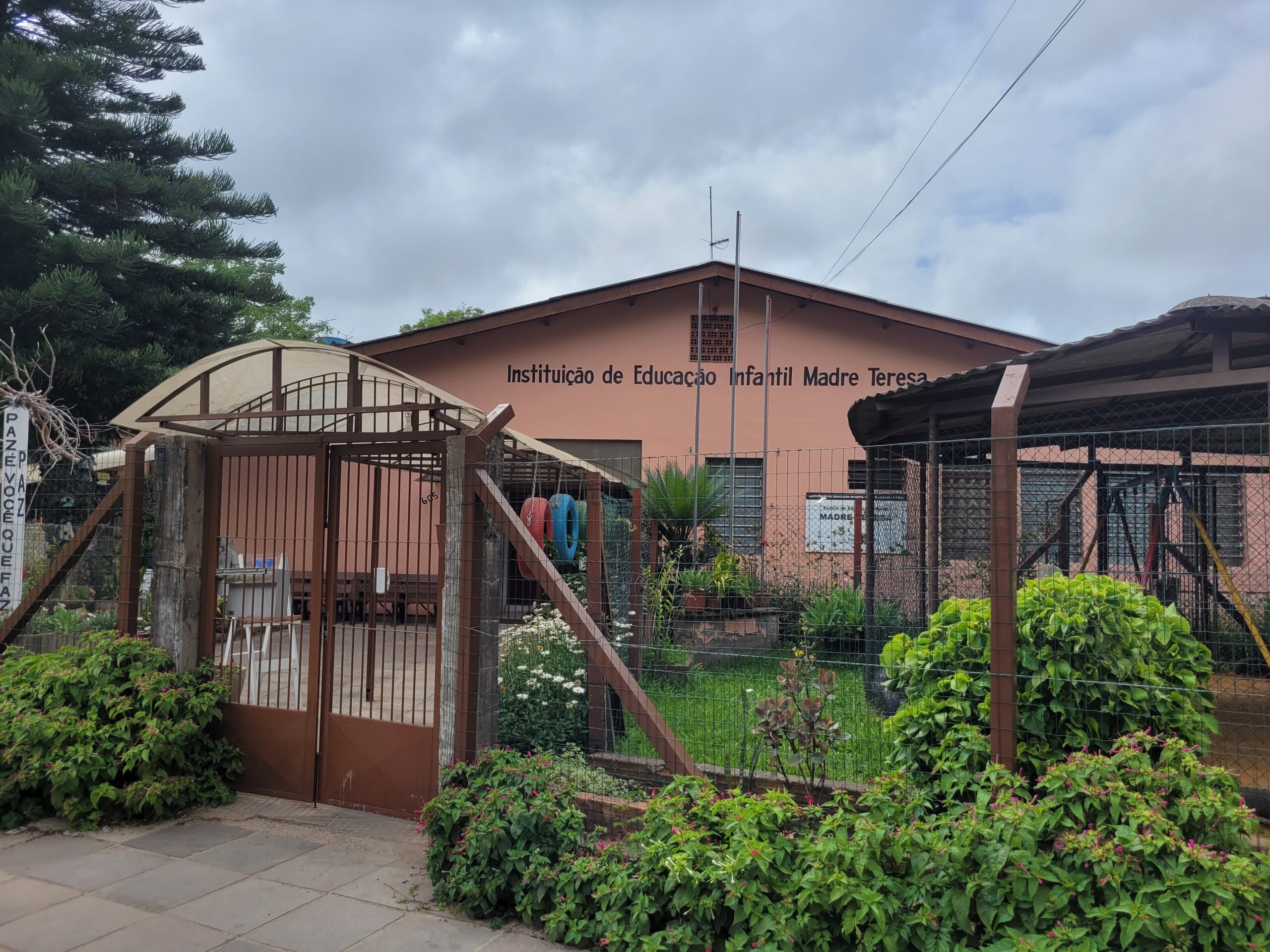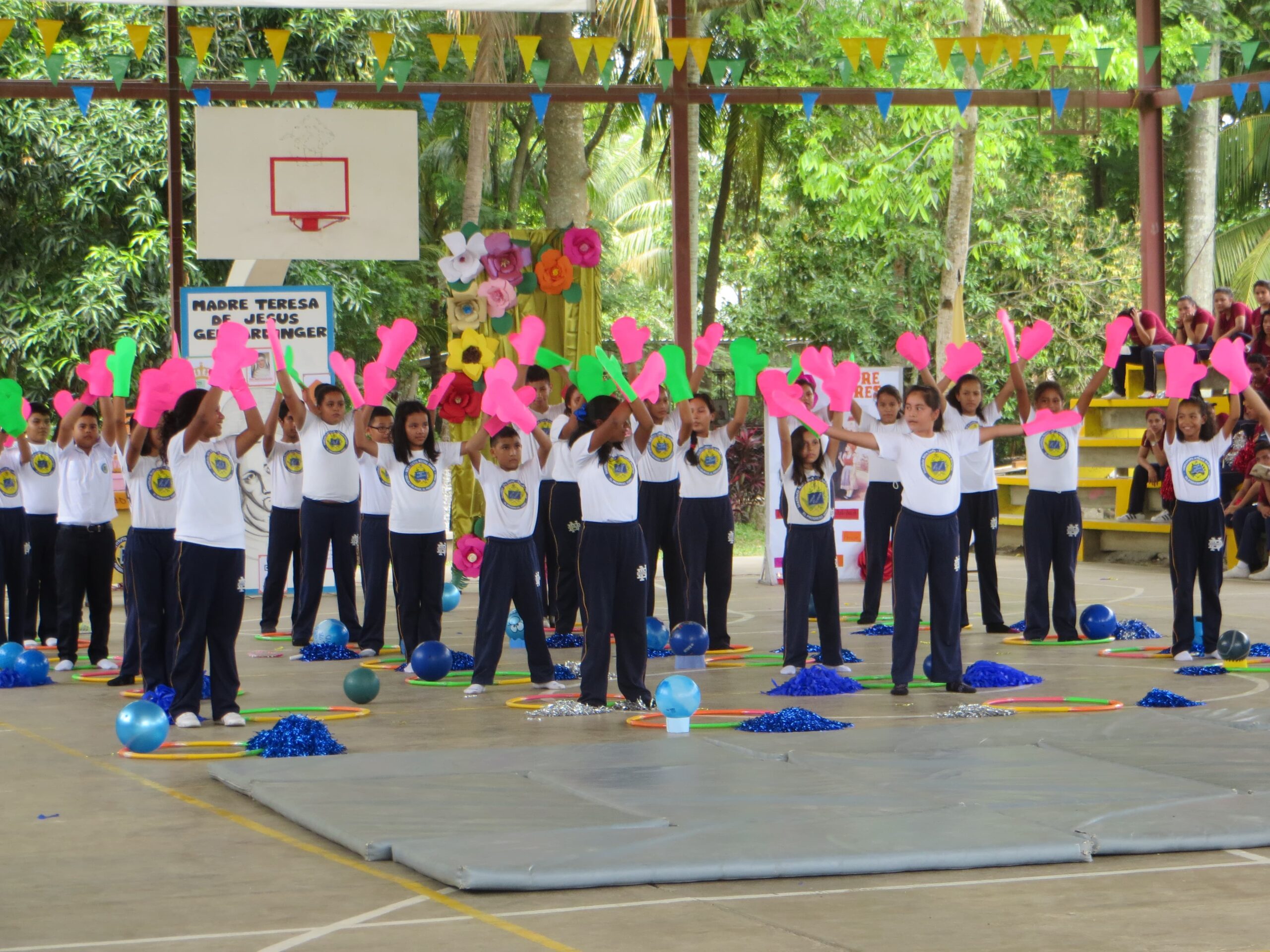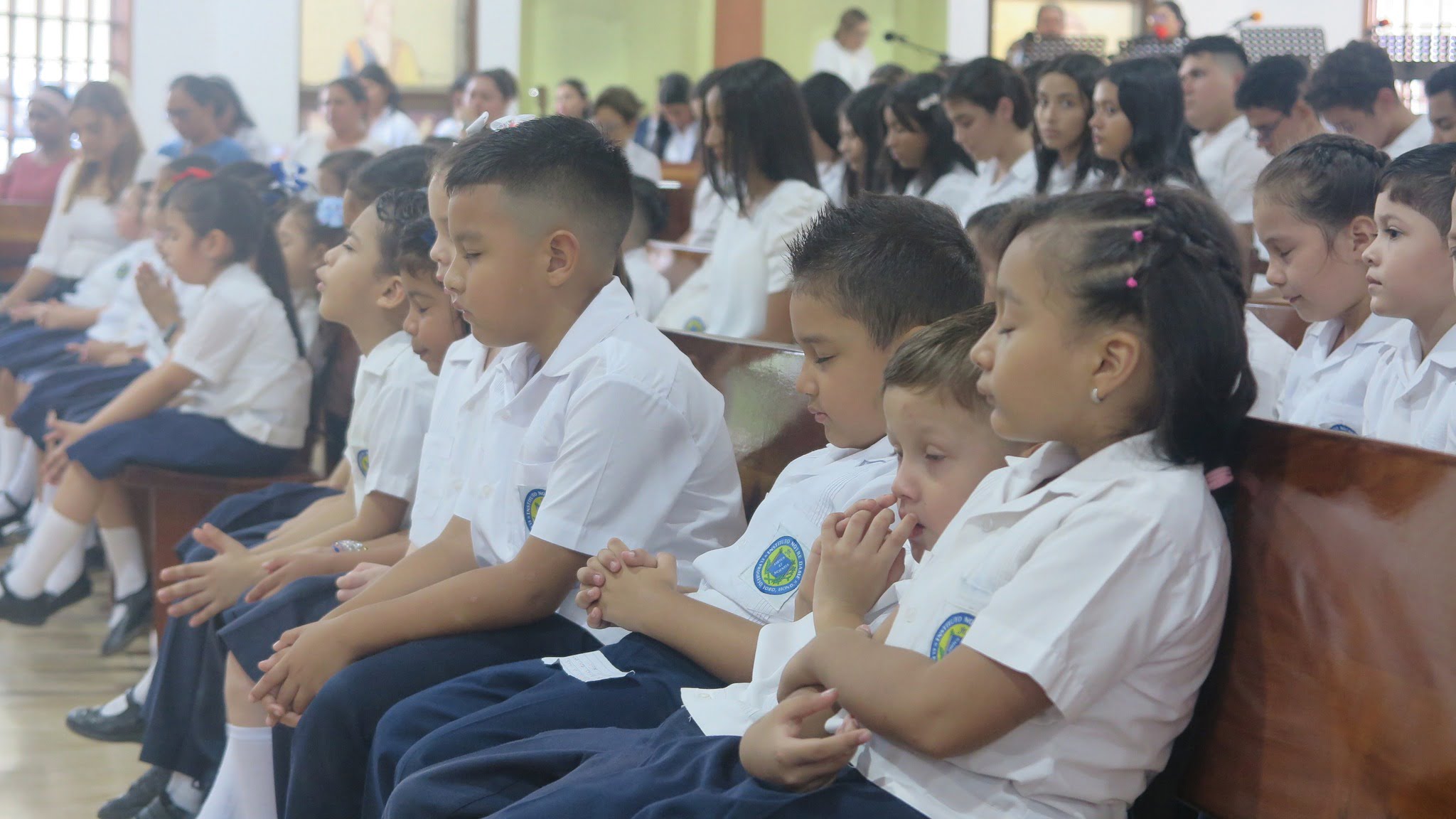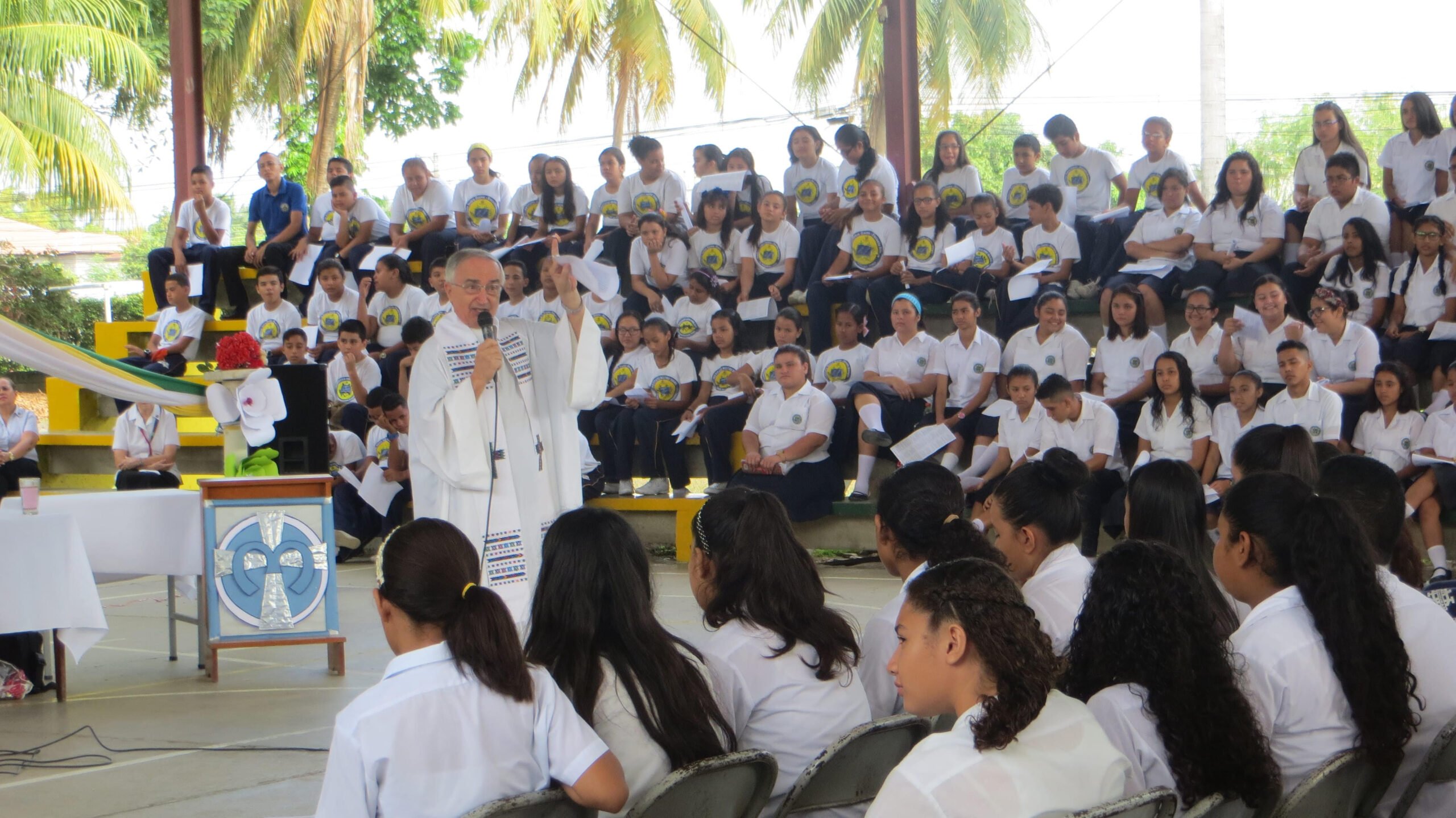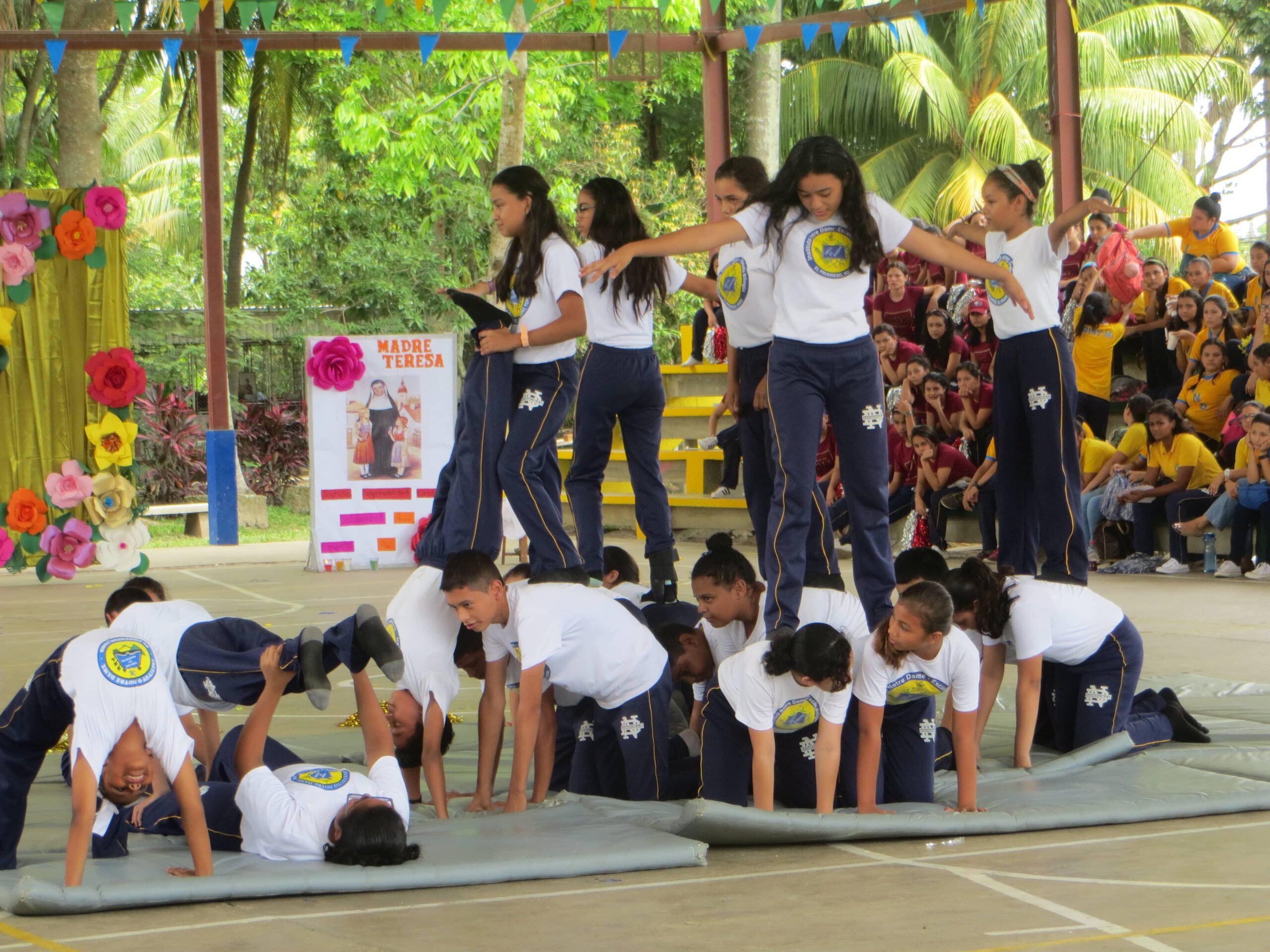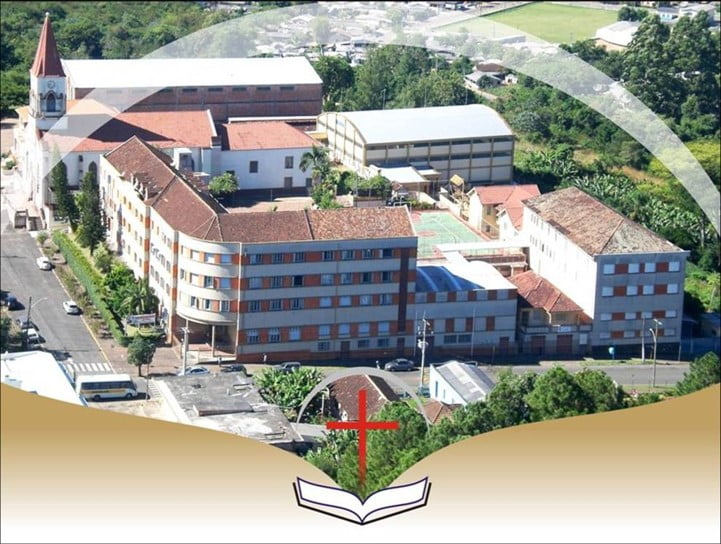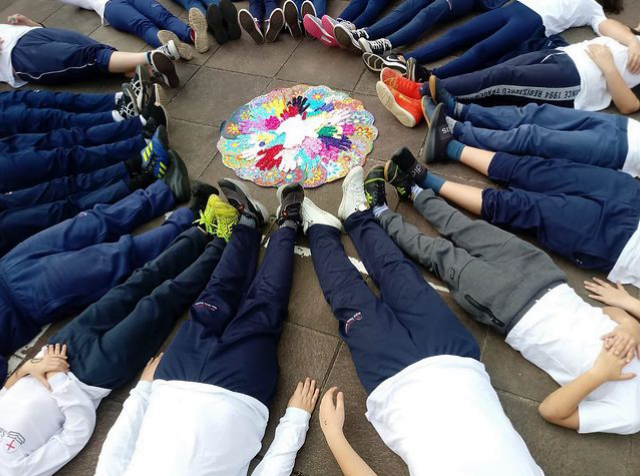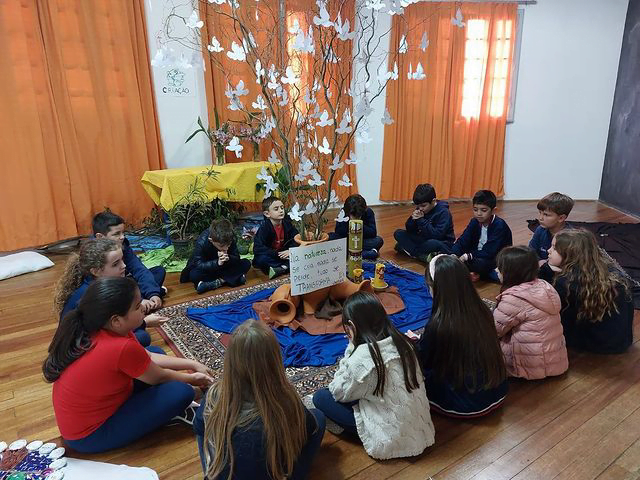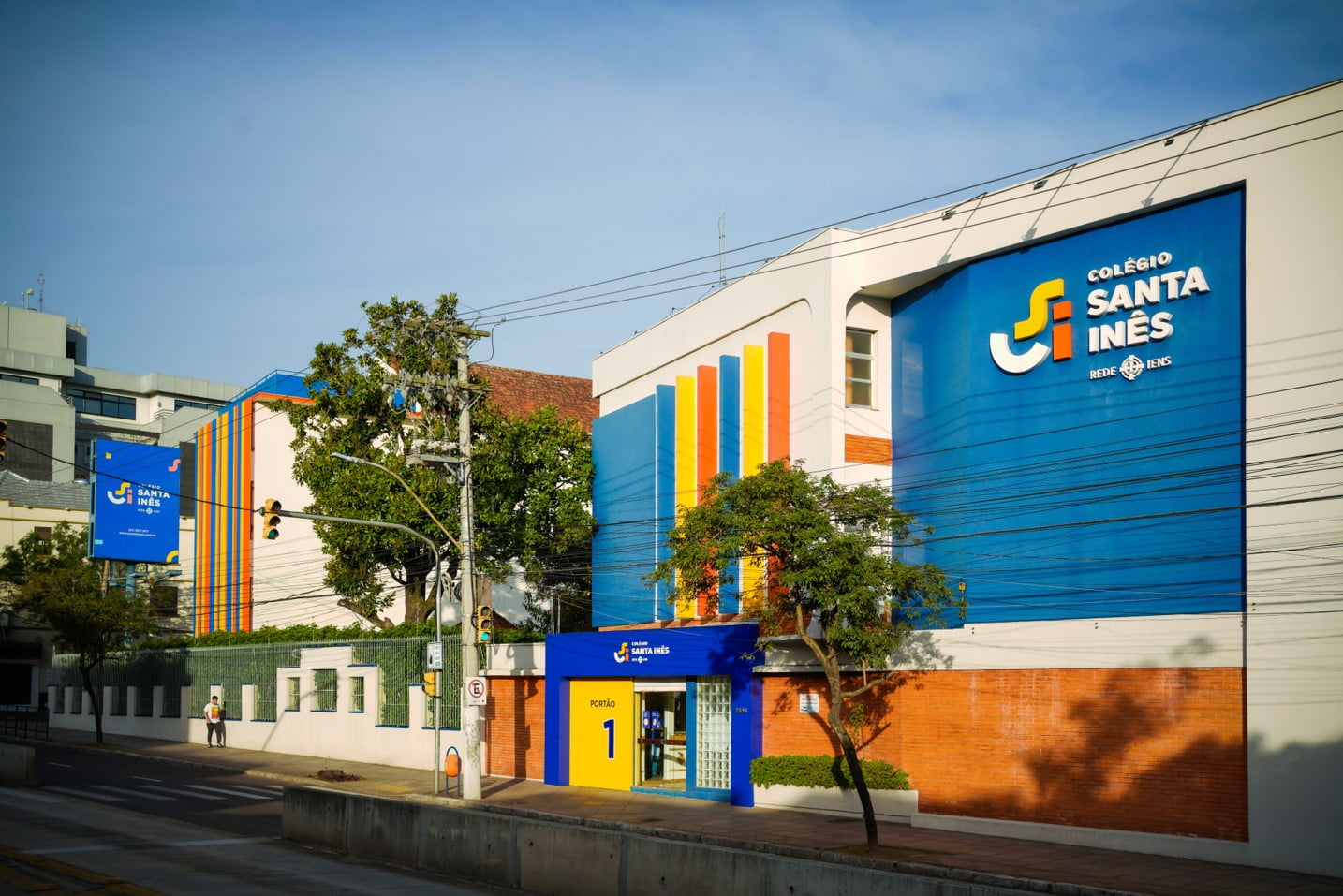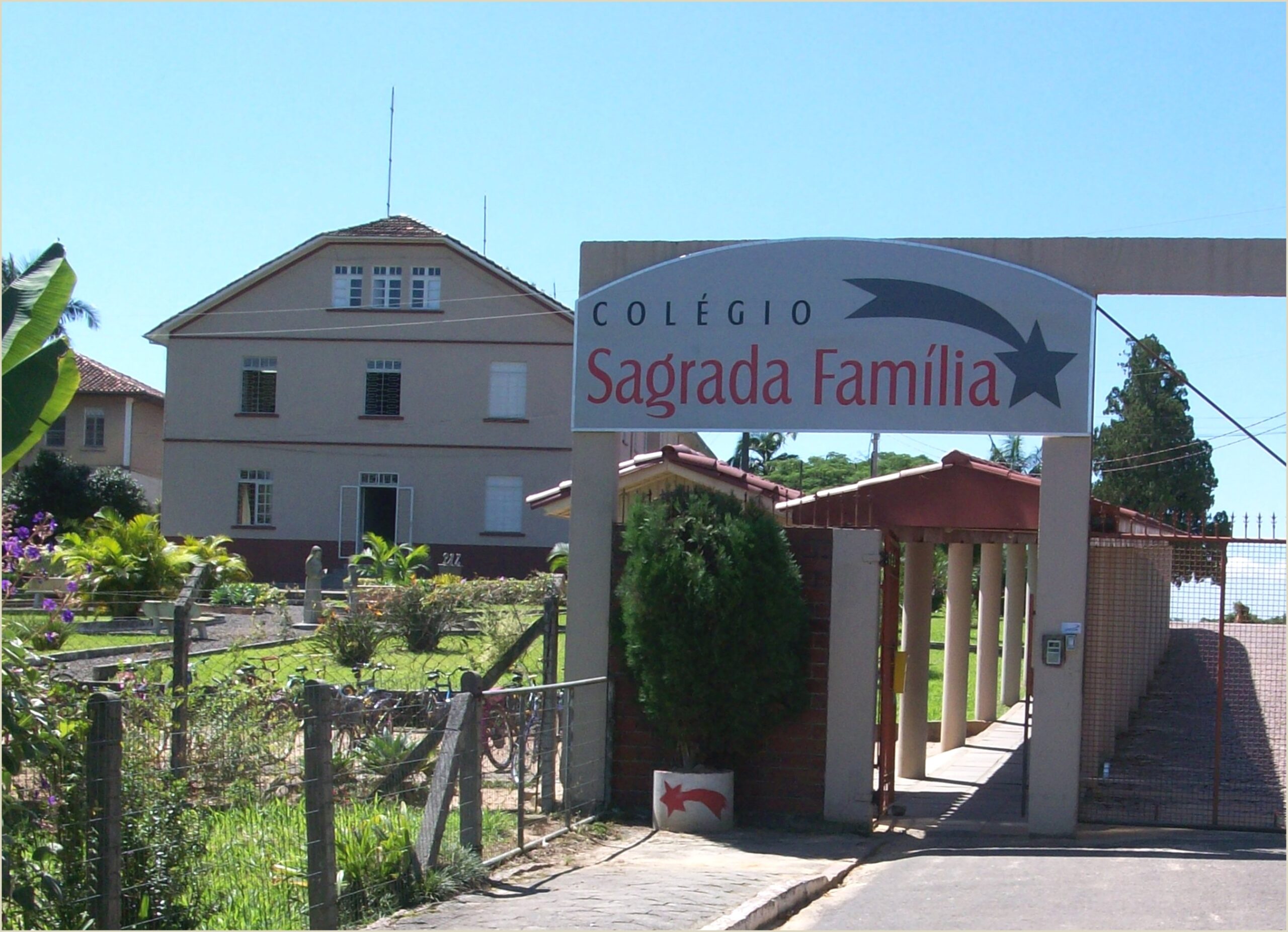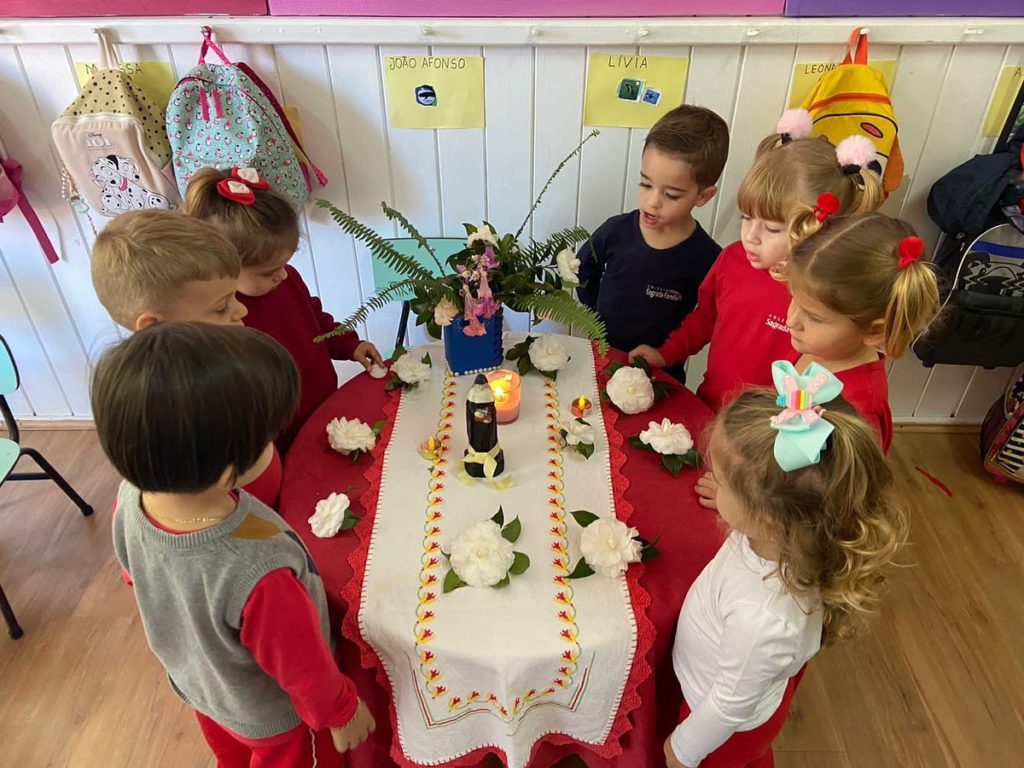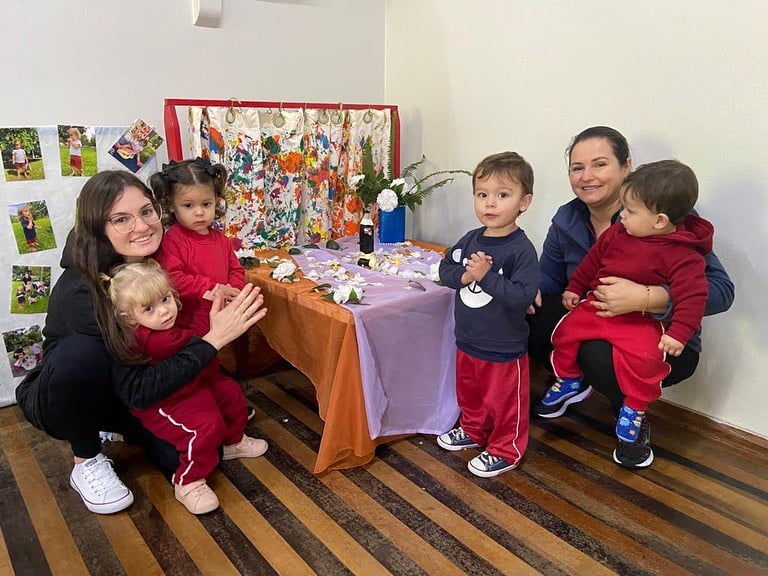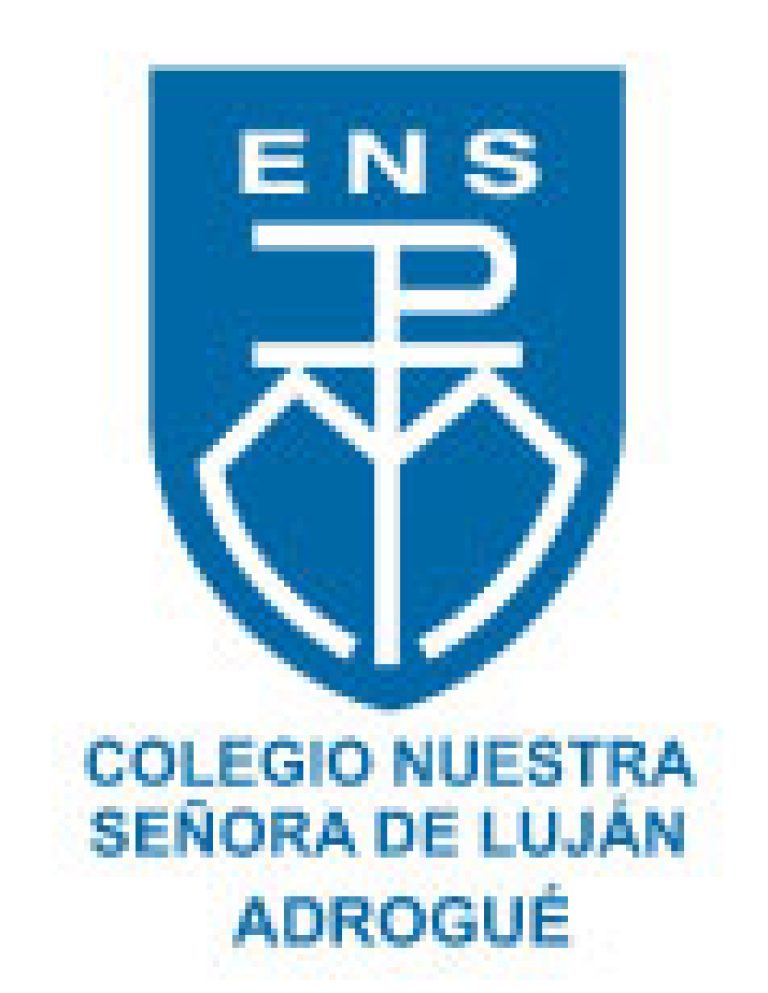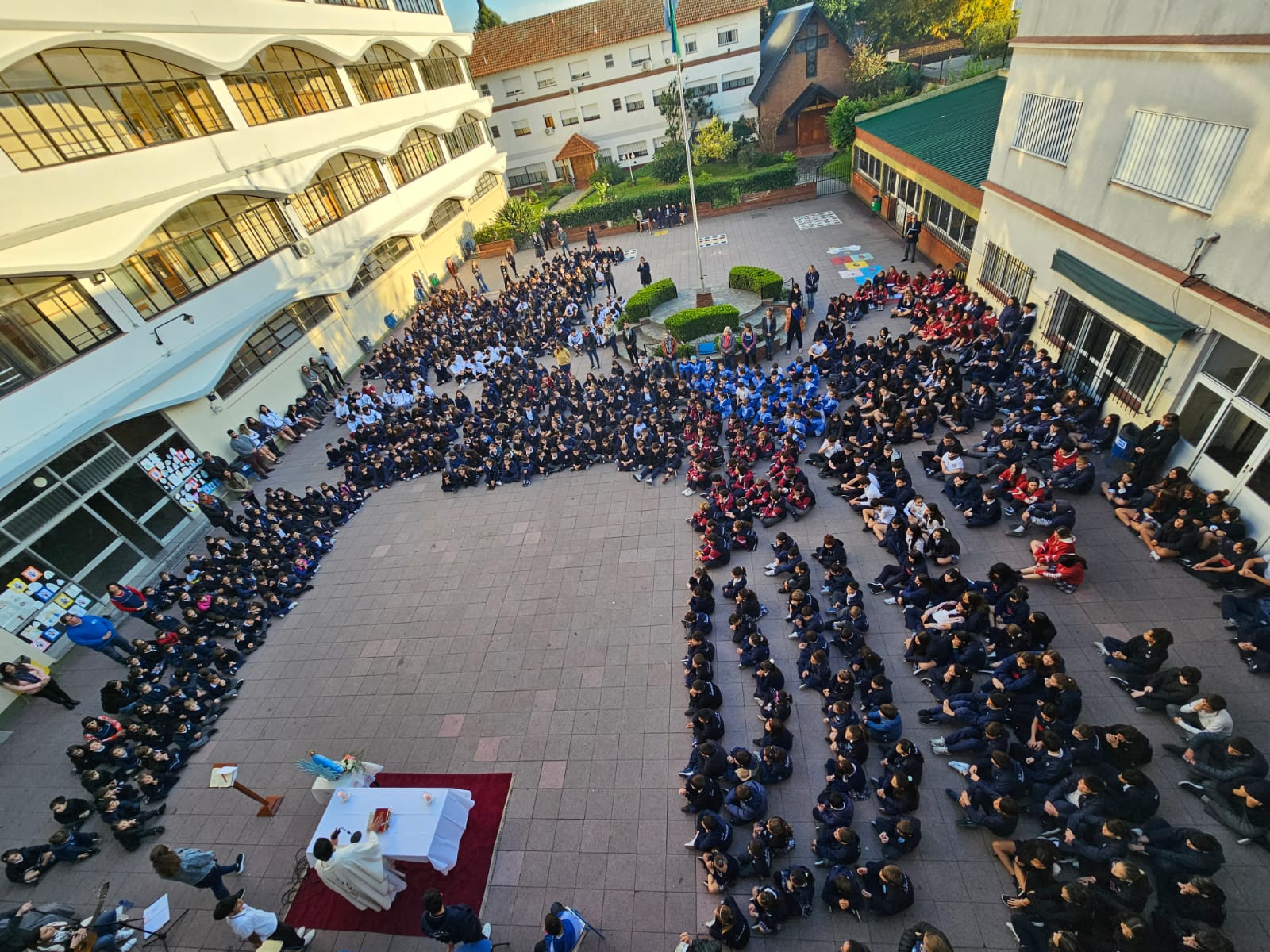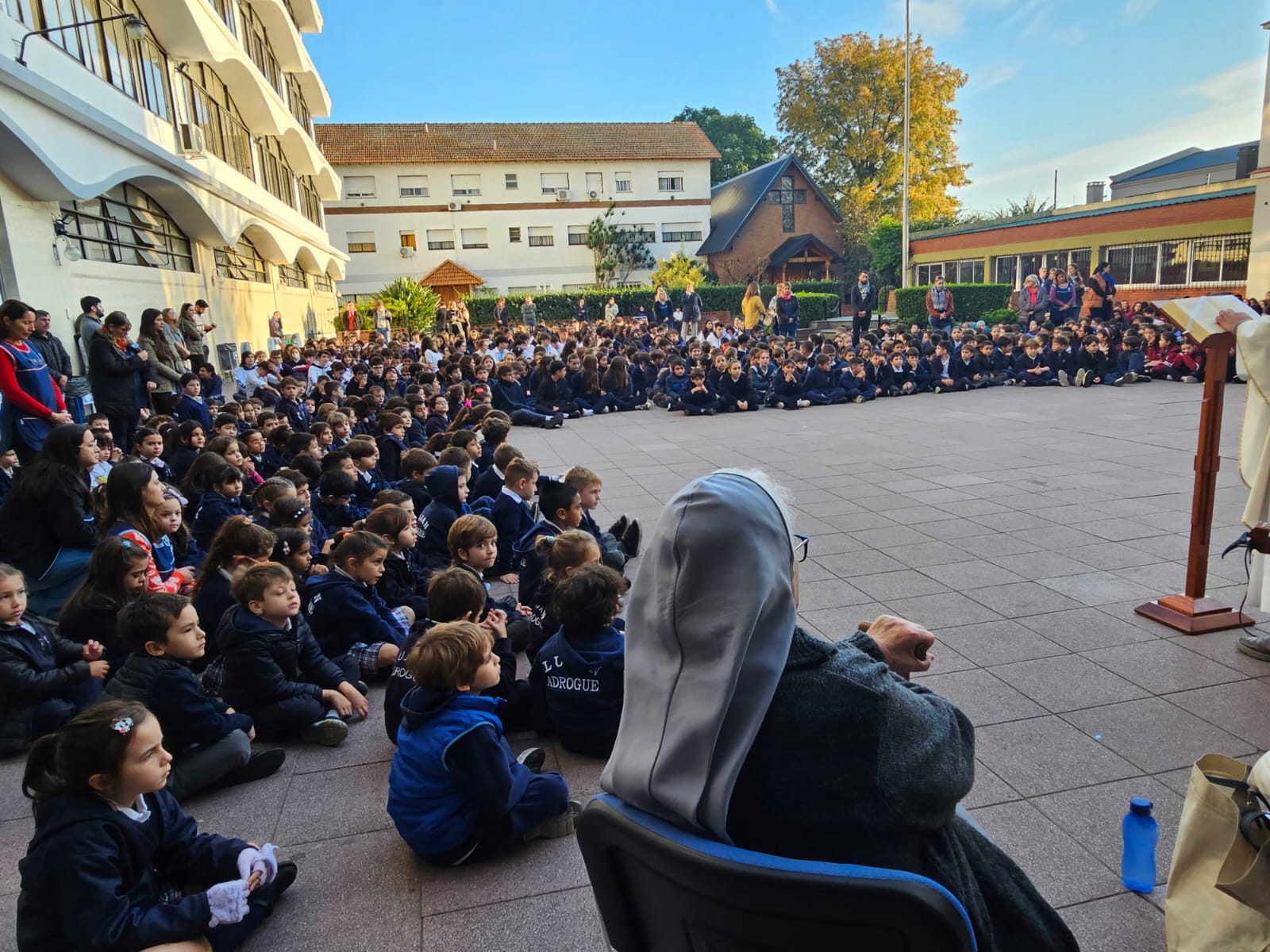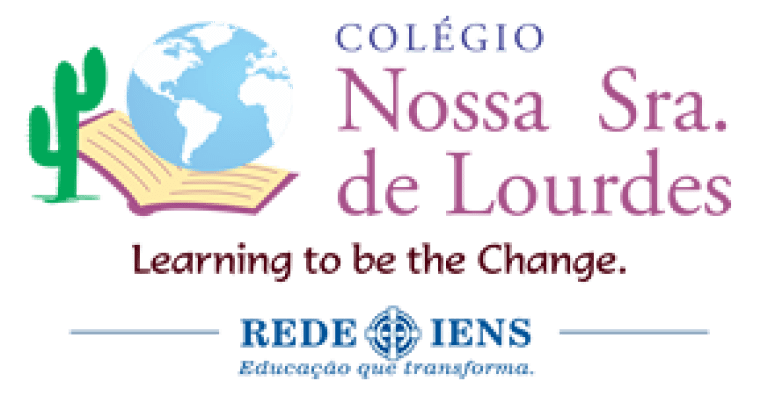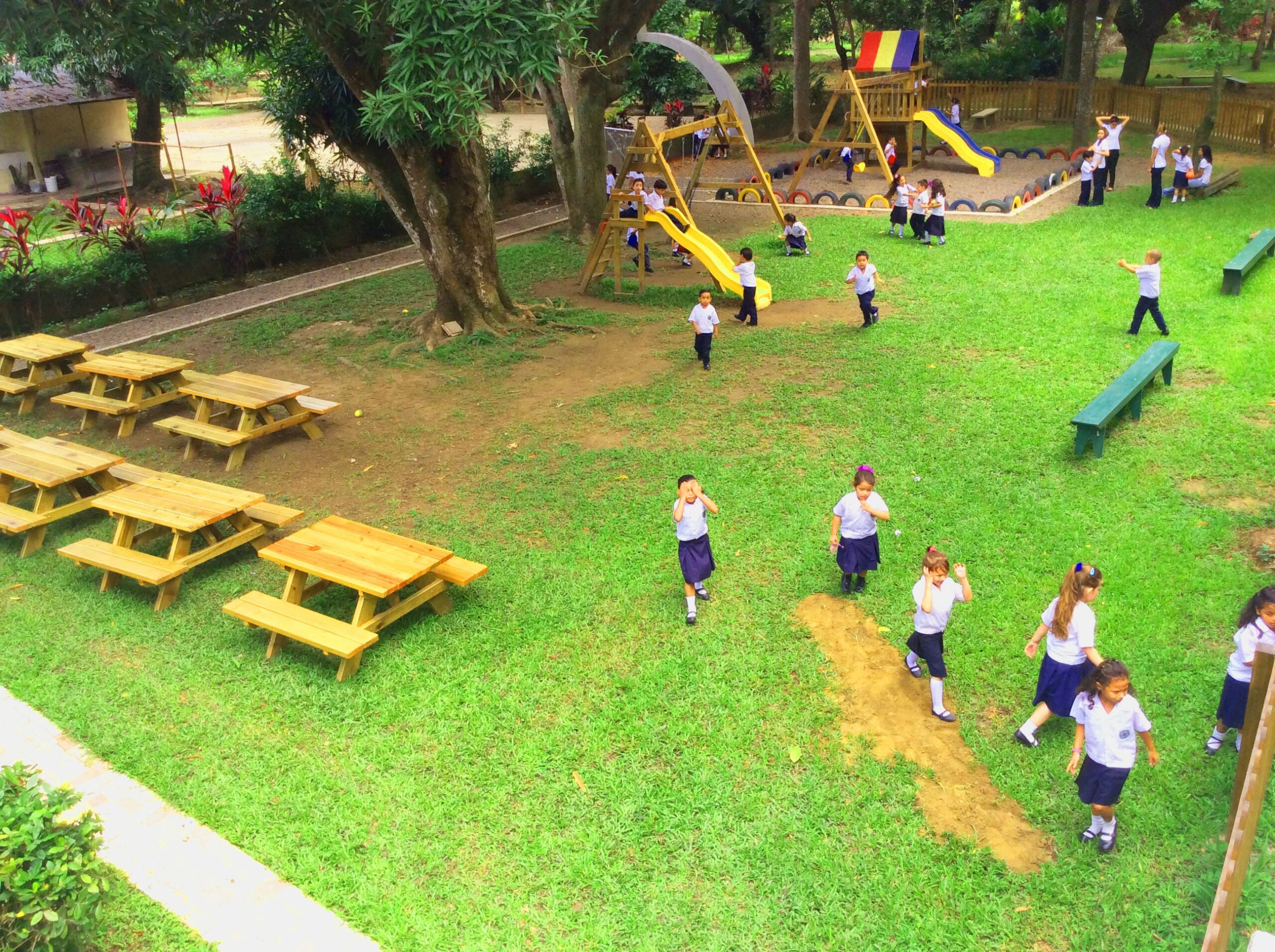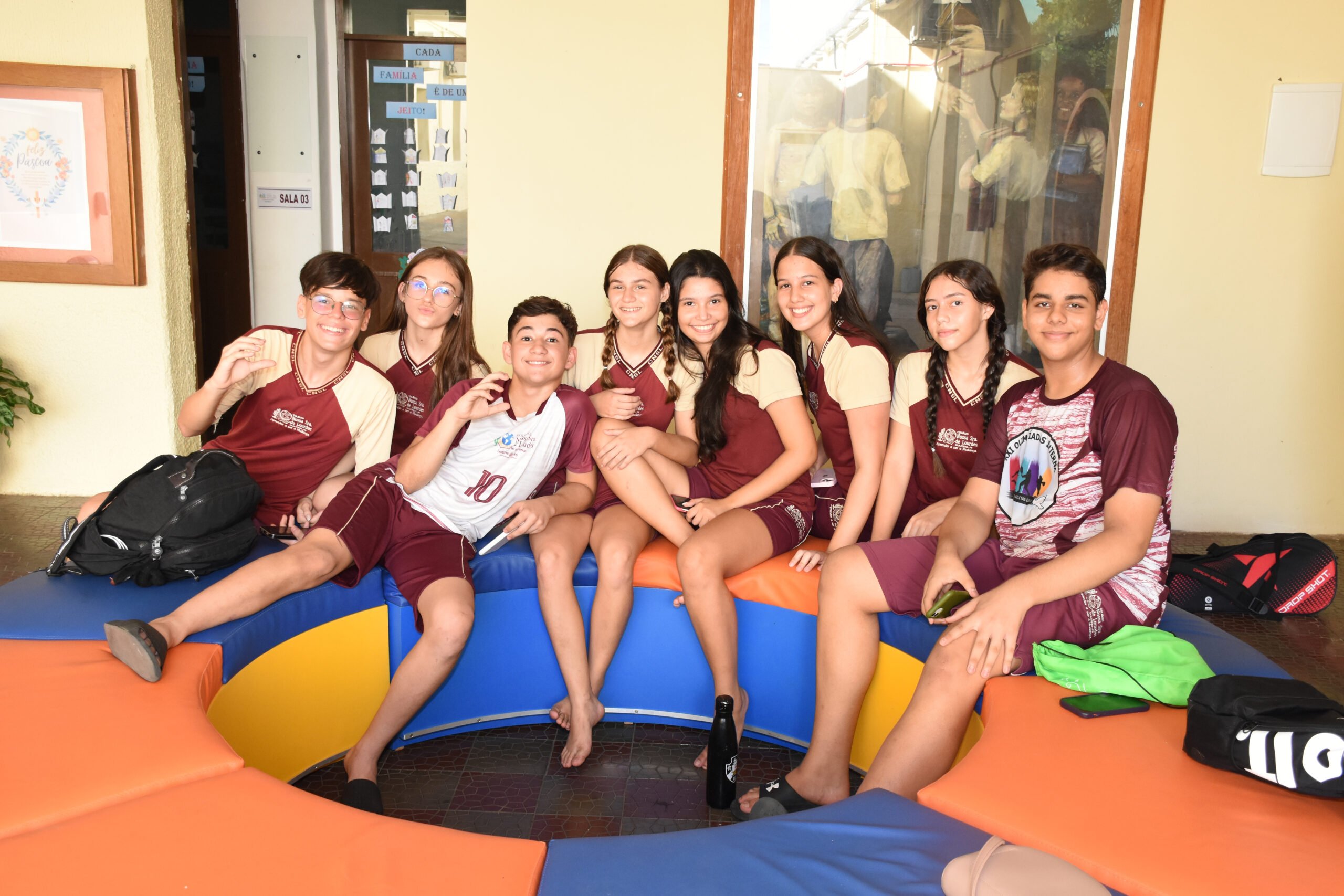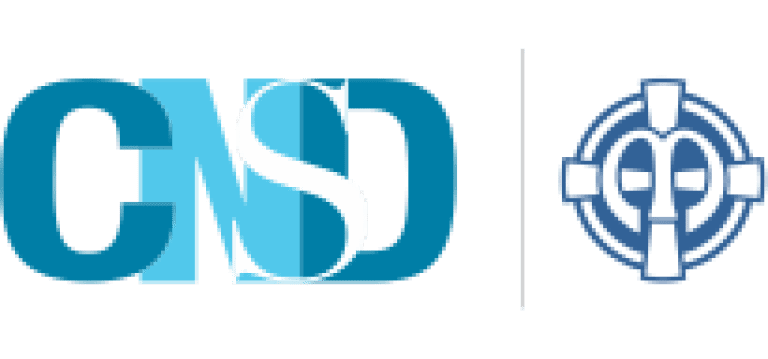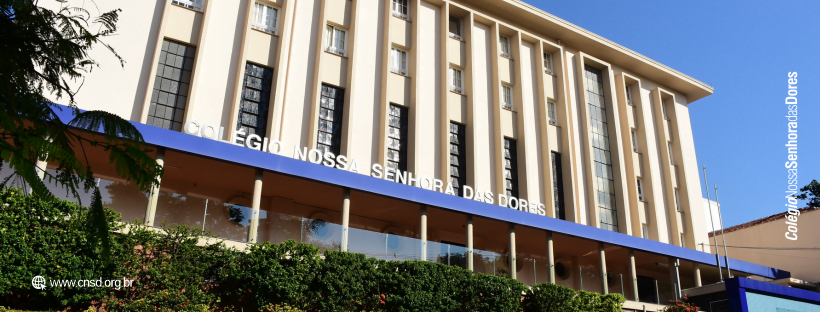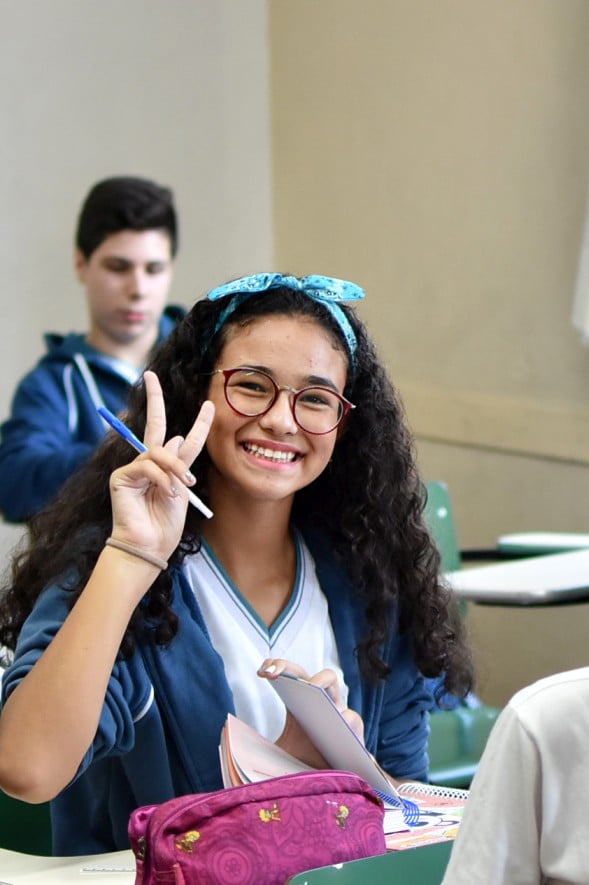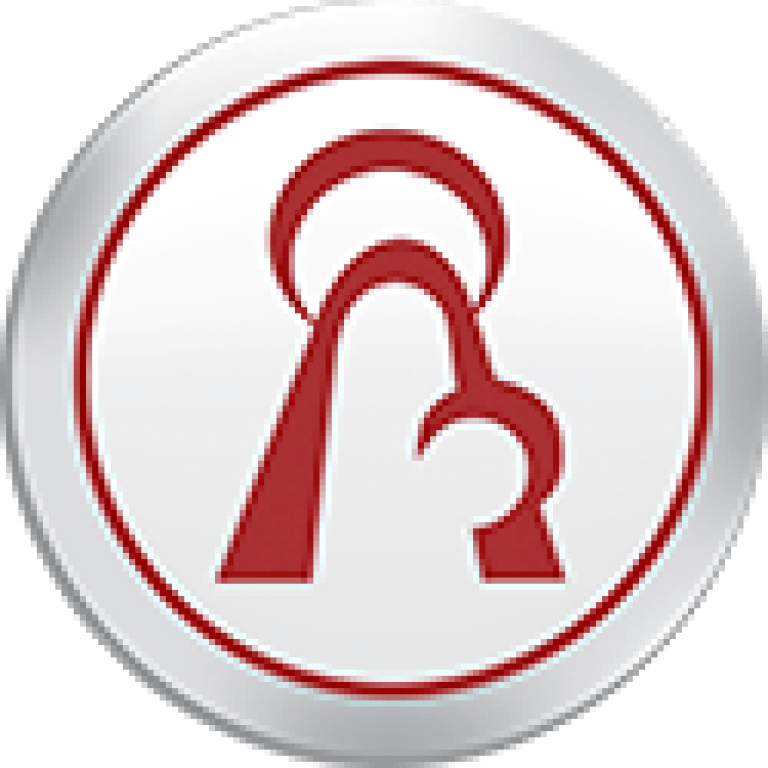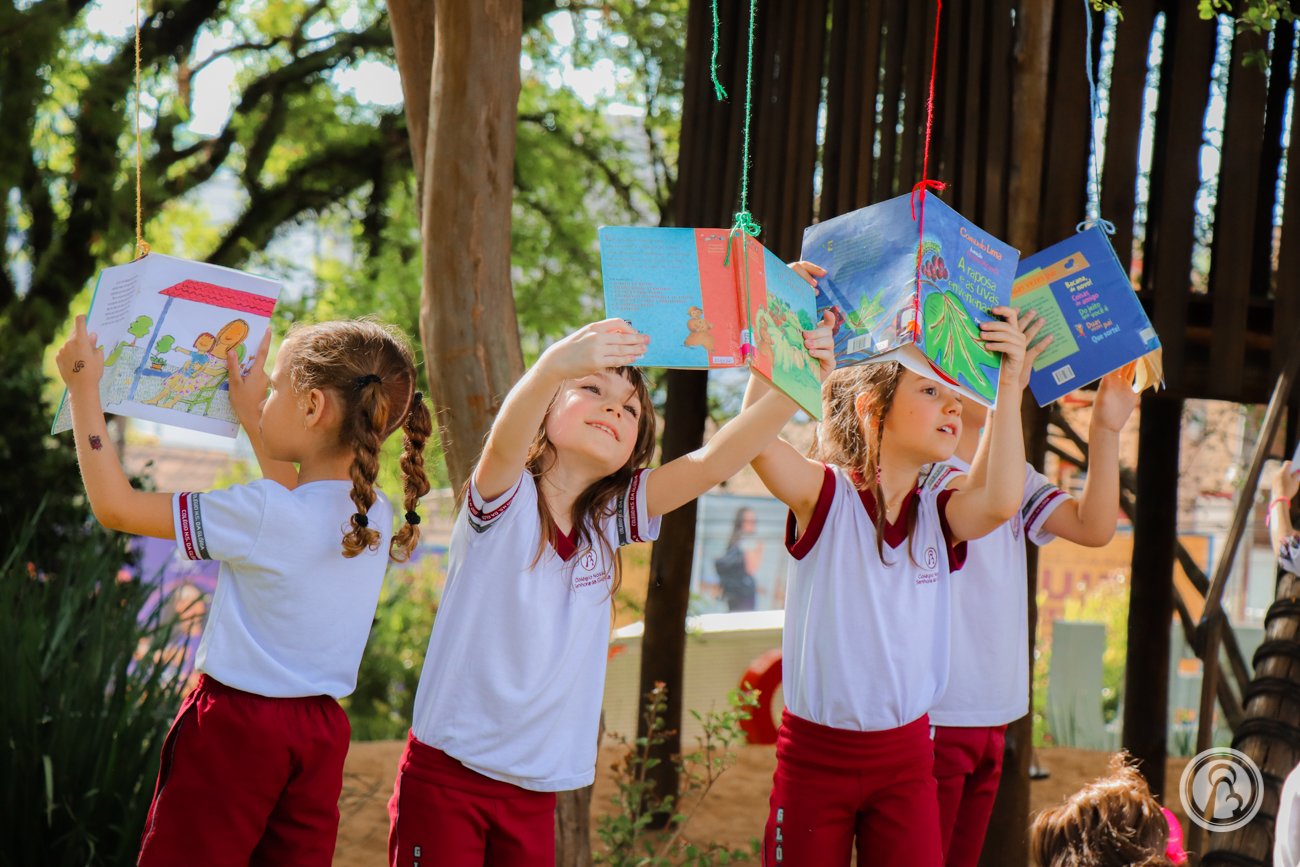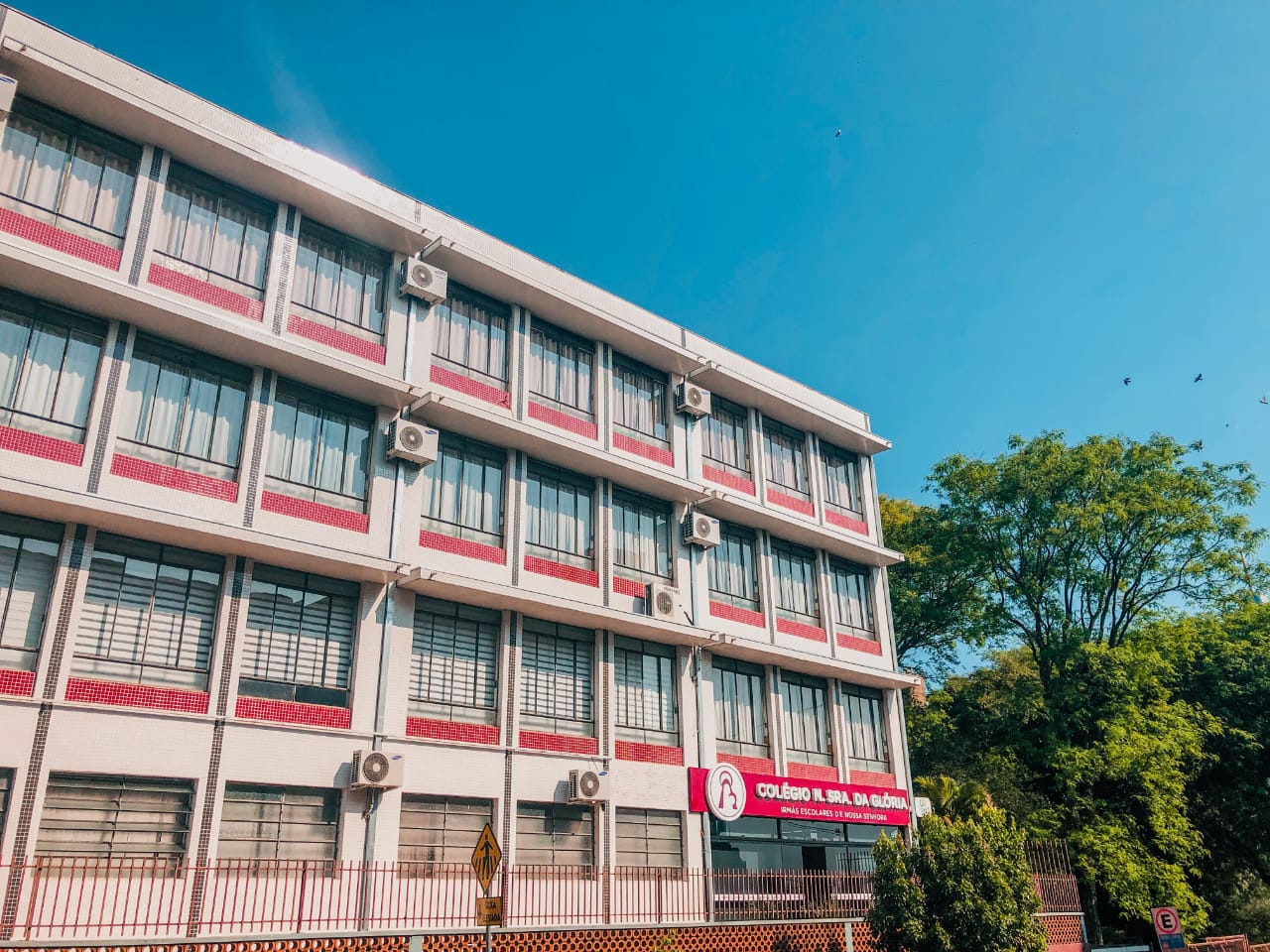Educating for life: conheça os diferenciais das Irmãs Escolares na educação
In the schools run by the School Sisters of Notre Dame, present in Latin American countries such as Brazil, Argentina and Honduras, education transcends conventional subjects to embrace deeply meaningful values. An environment is created where learning in math and science is balanced with personal growth, fostering individuals of integrity, solidarity and awareness of their role in the world. This is the heart of our mission and what distinguishes our educational institutions.
Recognized for an education that is a complete journey, preparing young people not only for academic success but for life, our schools want to form the next generation of leaders, individuals guided by the common good, ready to make a difference. Students are encouraged to think critically and act compassionately, integrating knowledge and values.
In each school, the student is recognized as a unique being, with talents and paths of their own to explore. An environment of mutual respect is fostered, encouraging everyone to become the best version of themselves. More than an educational institution, these schools form one big family, where students, teachers and parents work closely together, creating a space of mutual acceptance and appreciation.
The educational experience extends beyond the classroom, with a strong engagement in social projects and community initiatives, highlighting the importance of service to others. This involvement teaches students about responsibility, solidarity and the relevance of contributing to a better world.




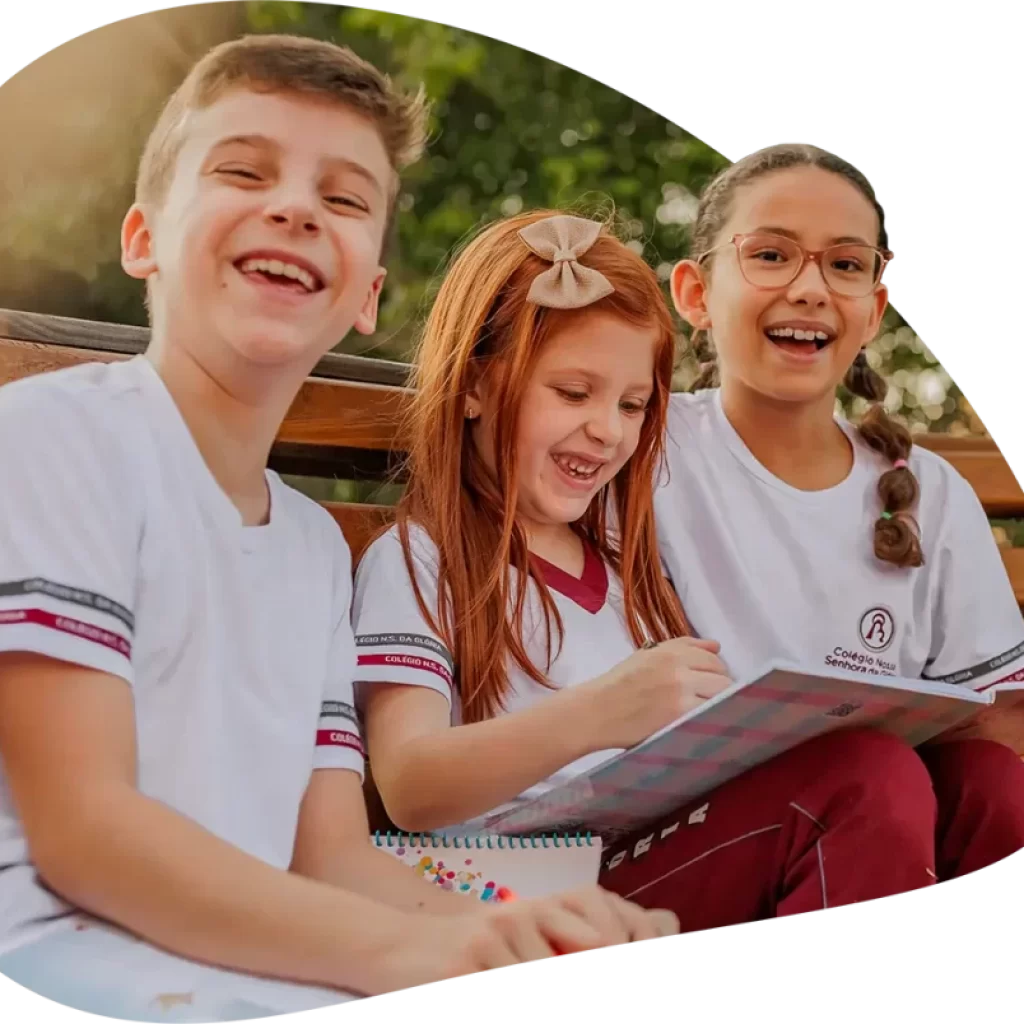
For those seeking an education that prepares them for life, teaching them the importance of being a valuable person as much as a competent student, our schools offer more than an excellent education; they provide a life experience that forms character, develops leaders and positively impacts the world.
For Mother Teresa, education was a means of reaching parents through children, a means of forming a new society, focusing on the values of social justice, solidarity and equal rights for men and women, offering special training for girls and teachers.
Education, also for us today, "means enabling people to reach the fullness of their potential as beings created in the image of God, and helping them to make their gifts available to humanize the earth." VSE 22. We believe that the world can be changed by transforming people, by training conscious, fair and ethical citizens.
Get to know our schools
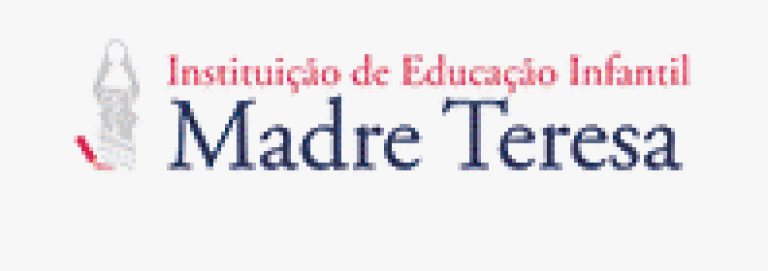
MOTHER TERESA KINDERGARTEN
- Rua Wolfram Metzler, 605| CEP: 91250-320 | Bairro Ruben Berta - Porto Alegre - RS, Brazil
- (51) 3366-3177
- fb.com/iensmadreteresa
- Sr. Adely Heck

